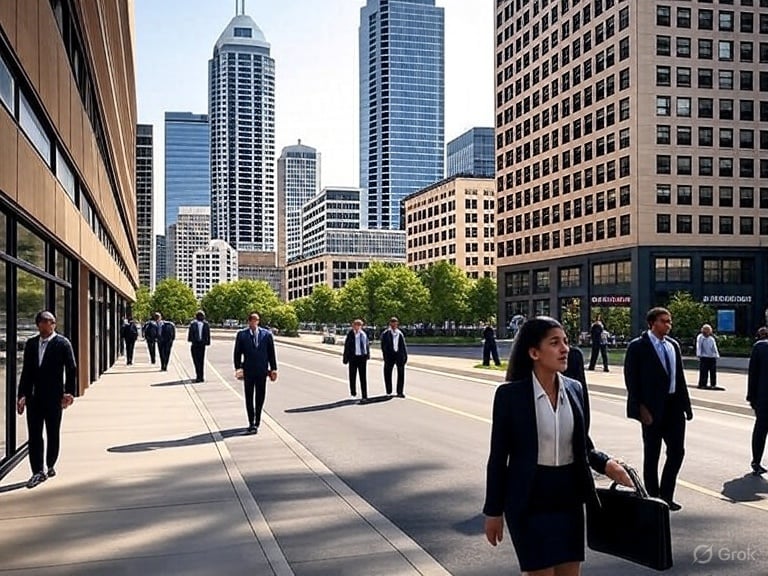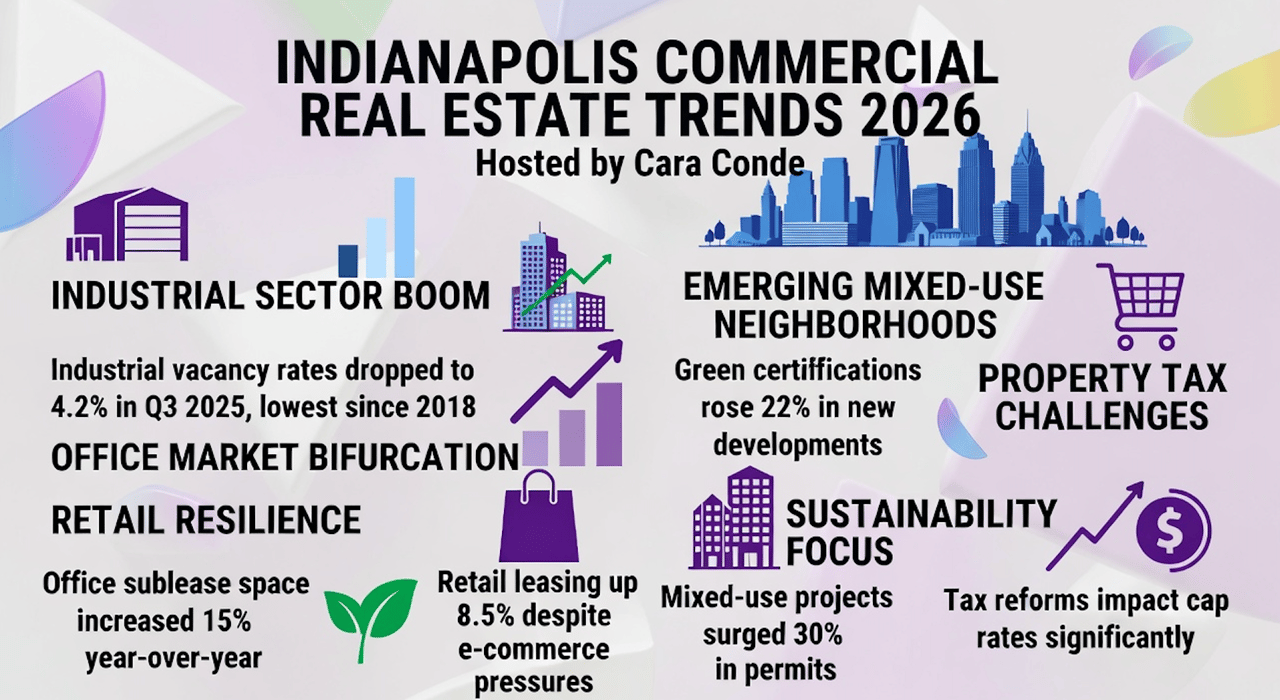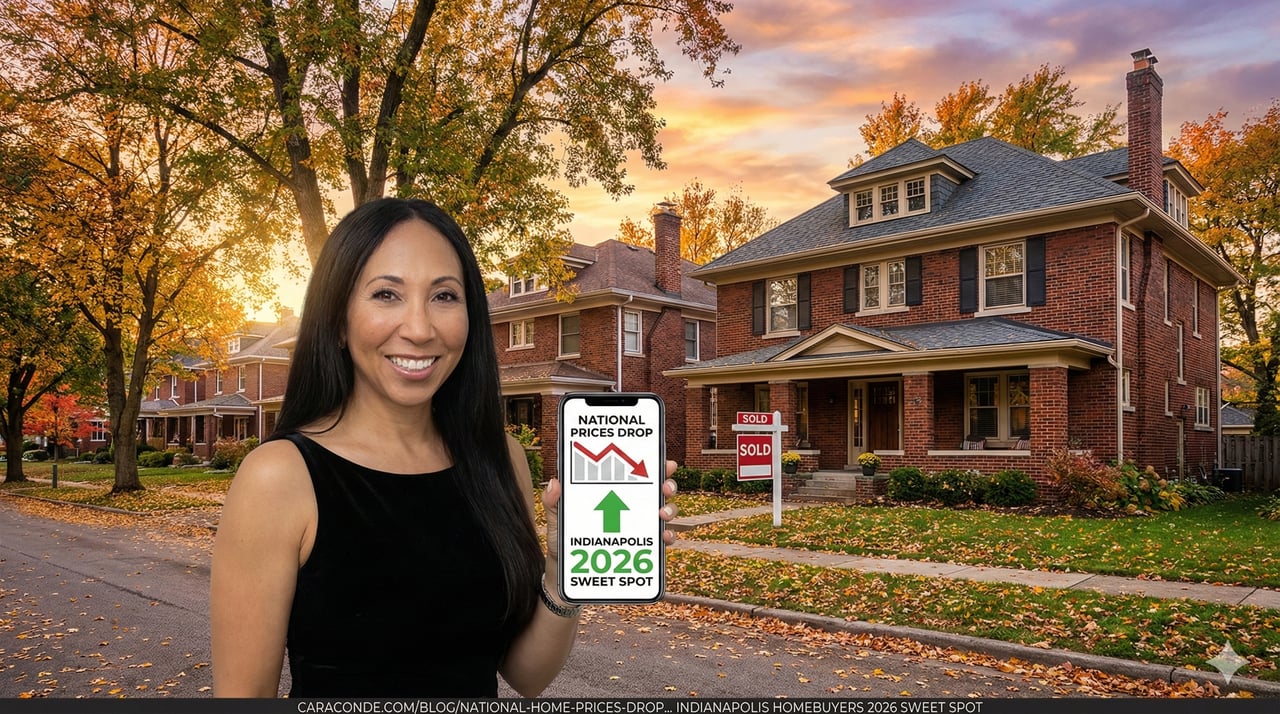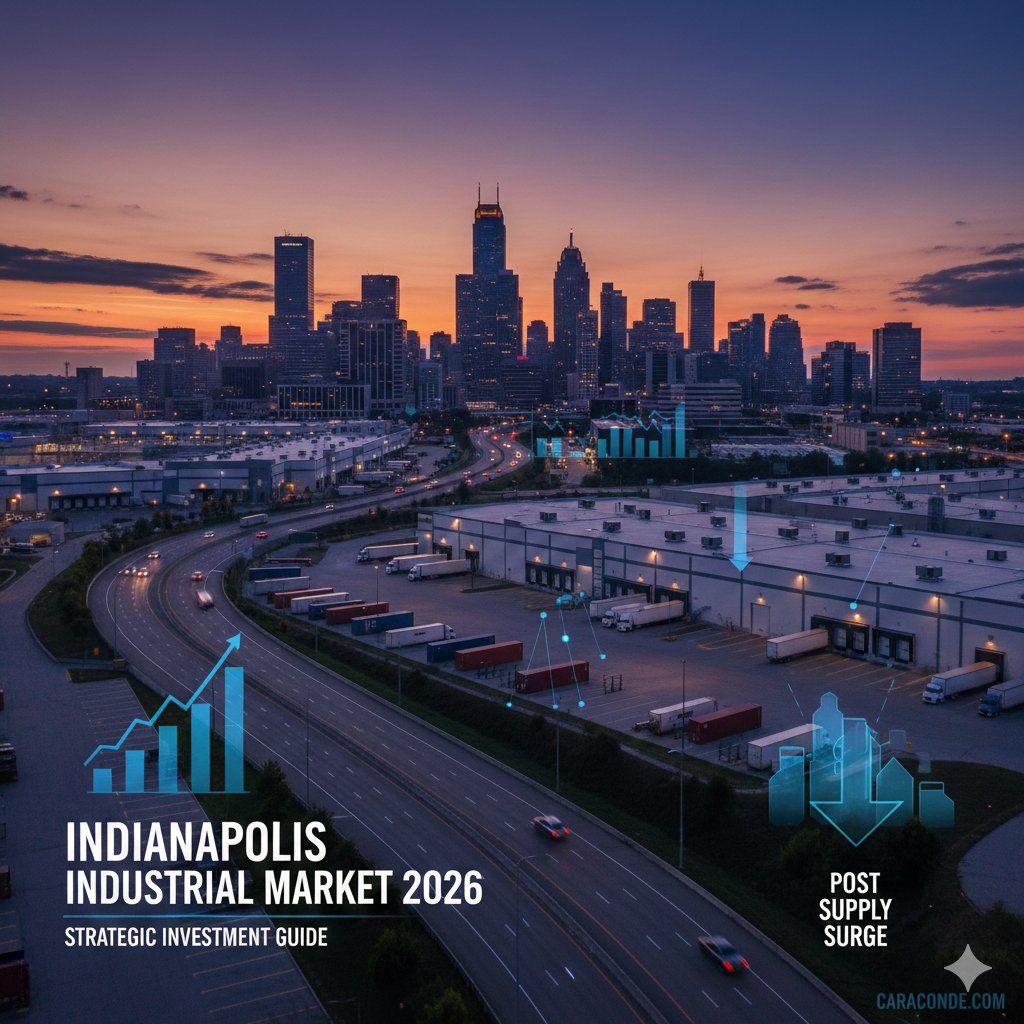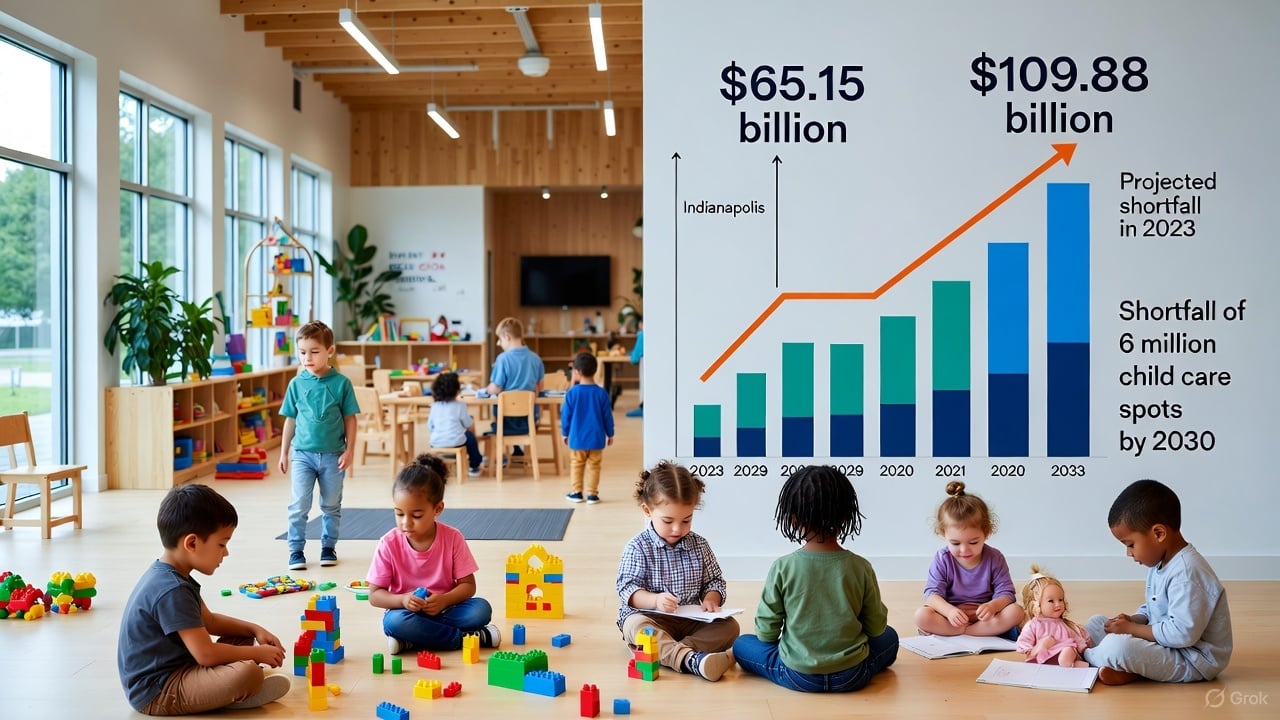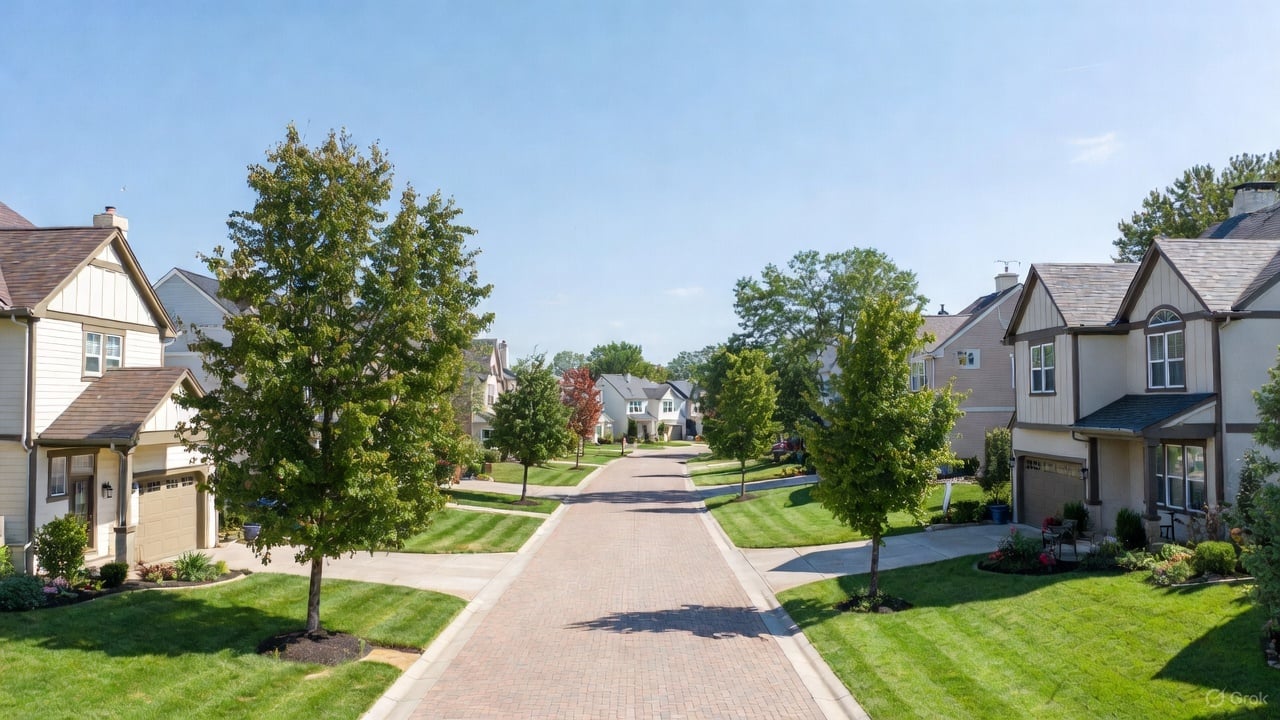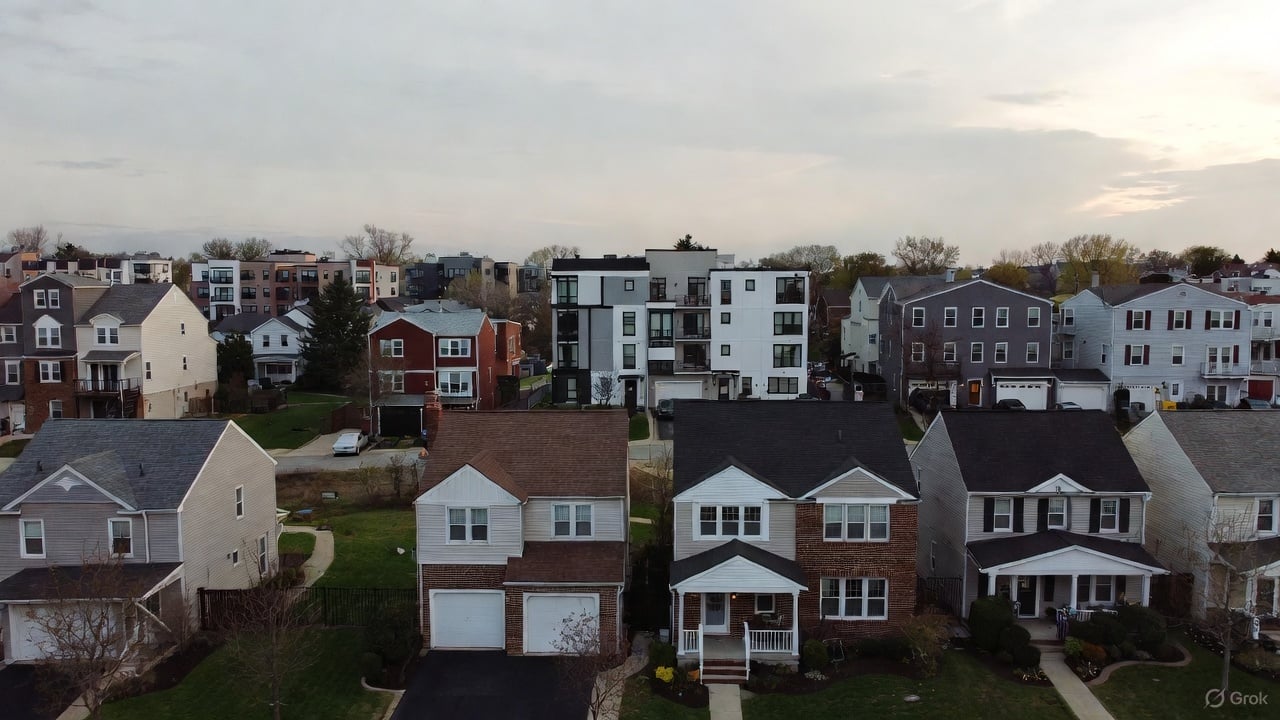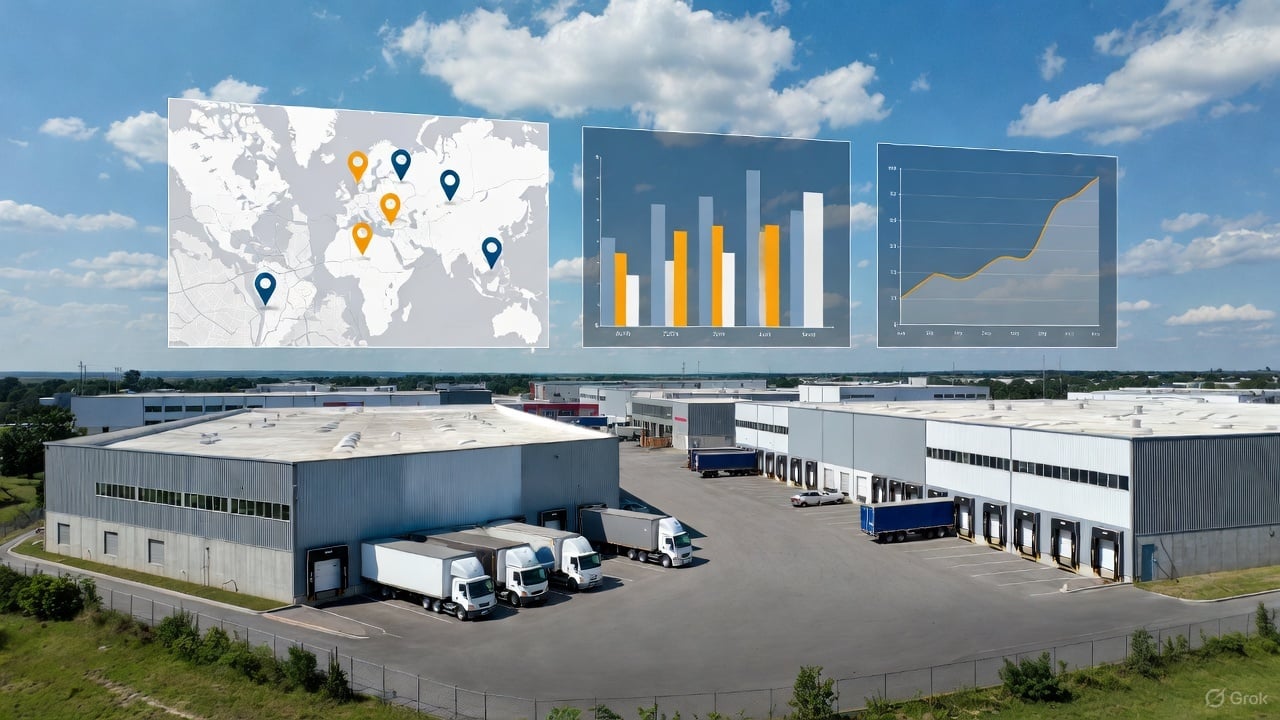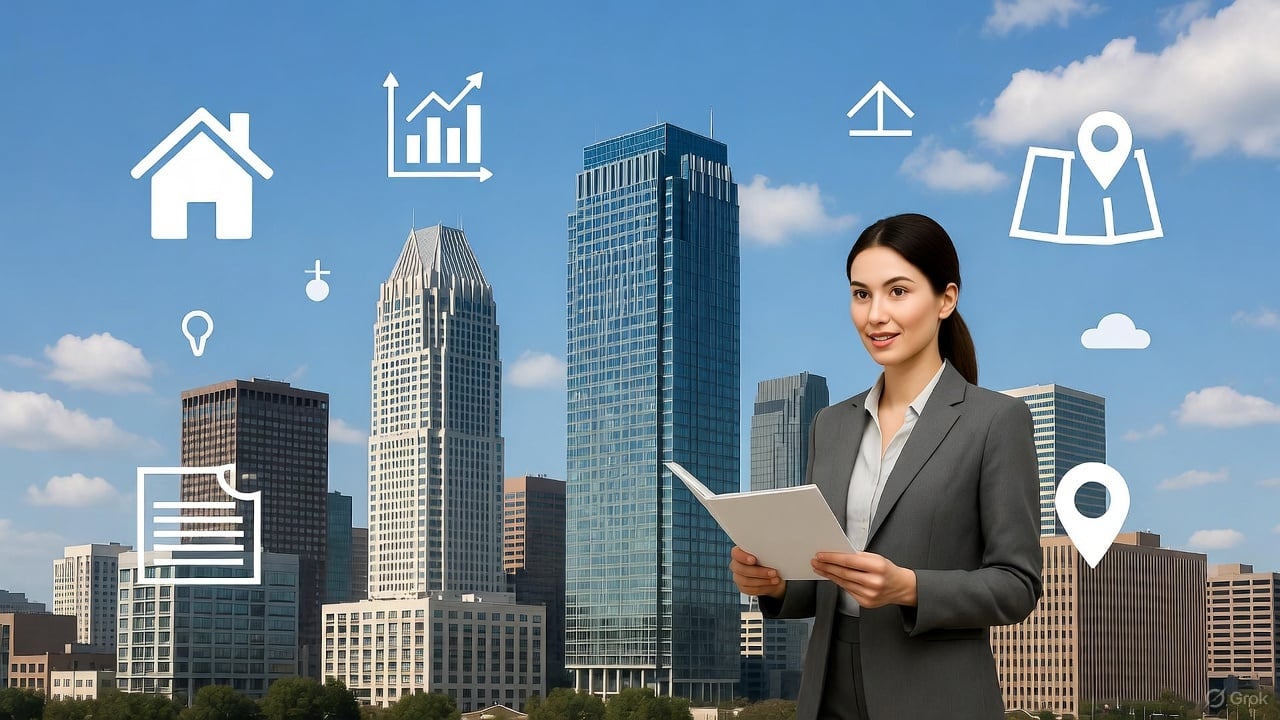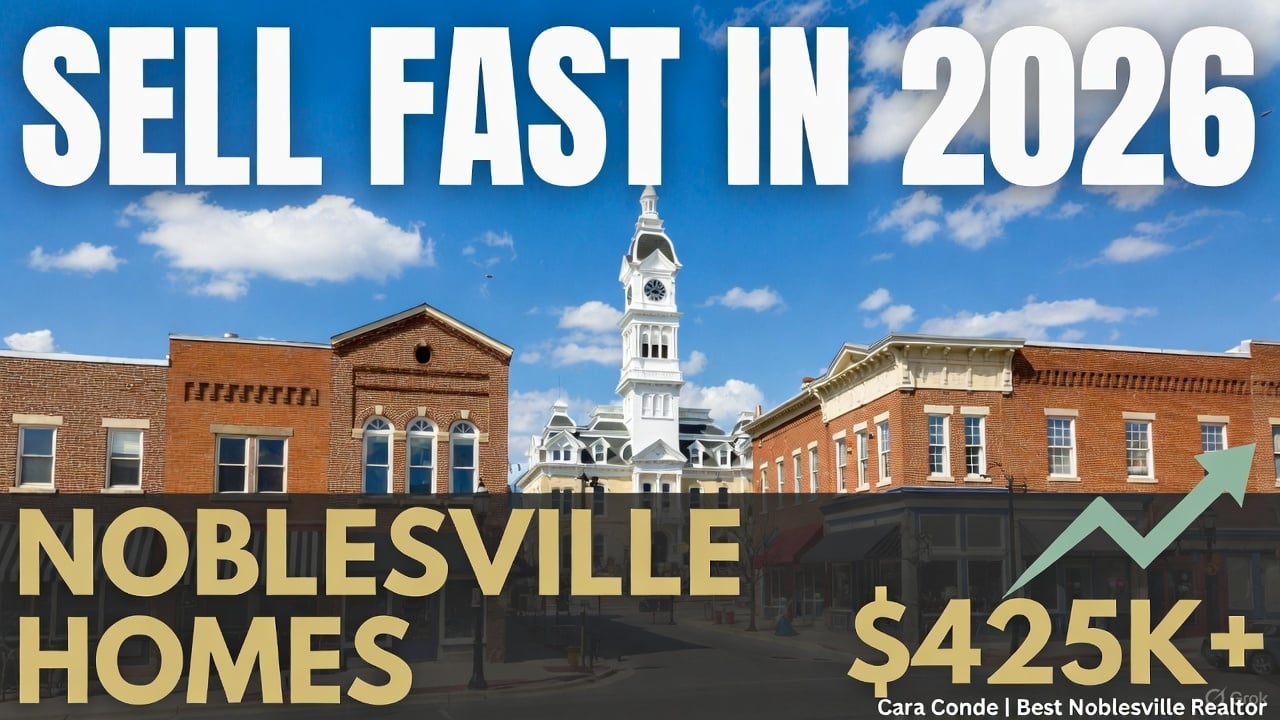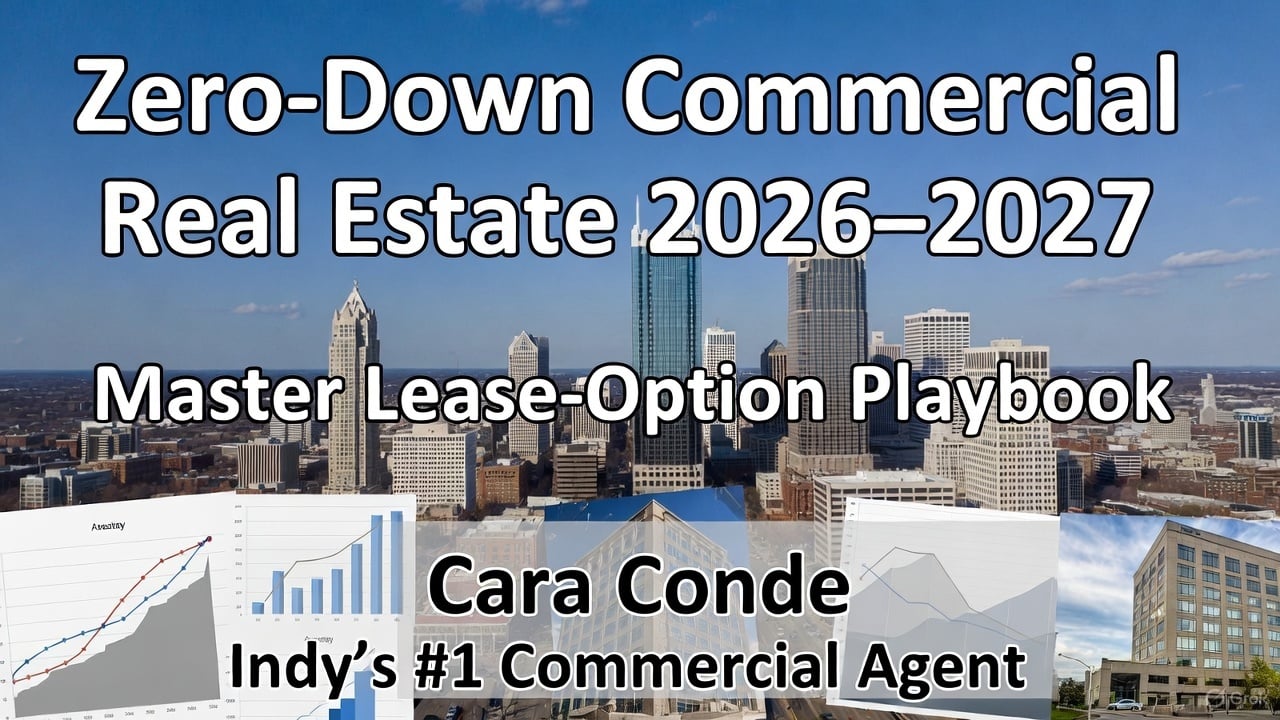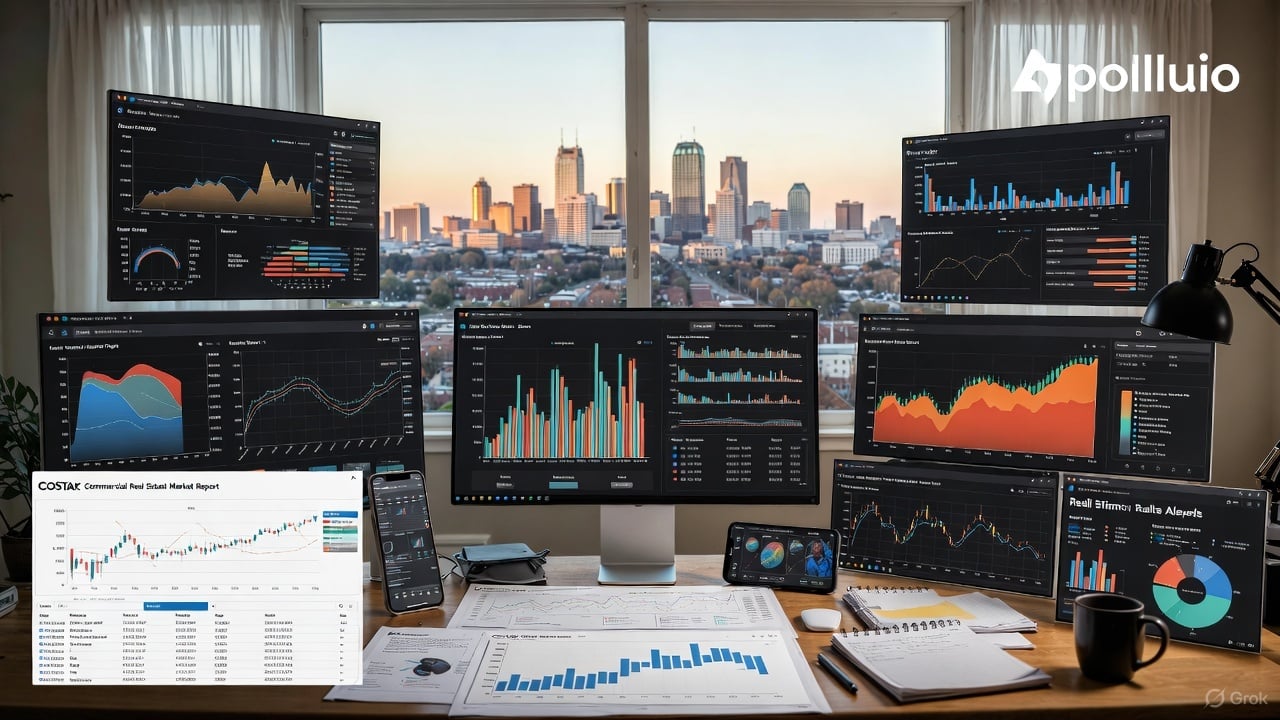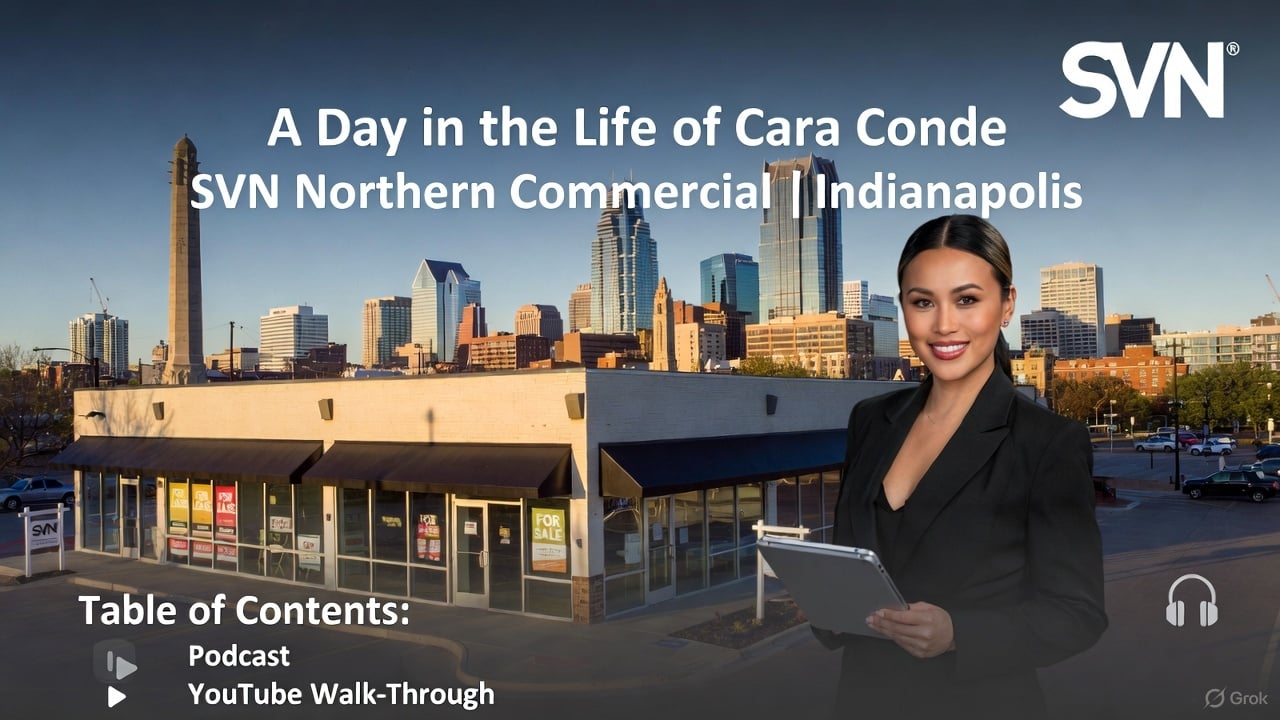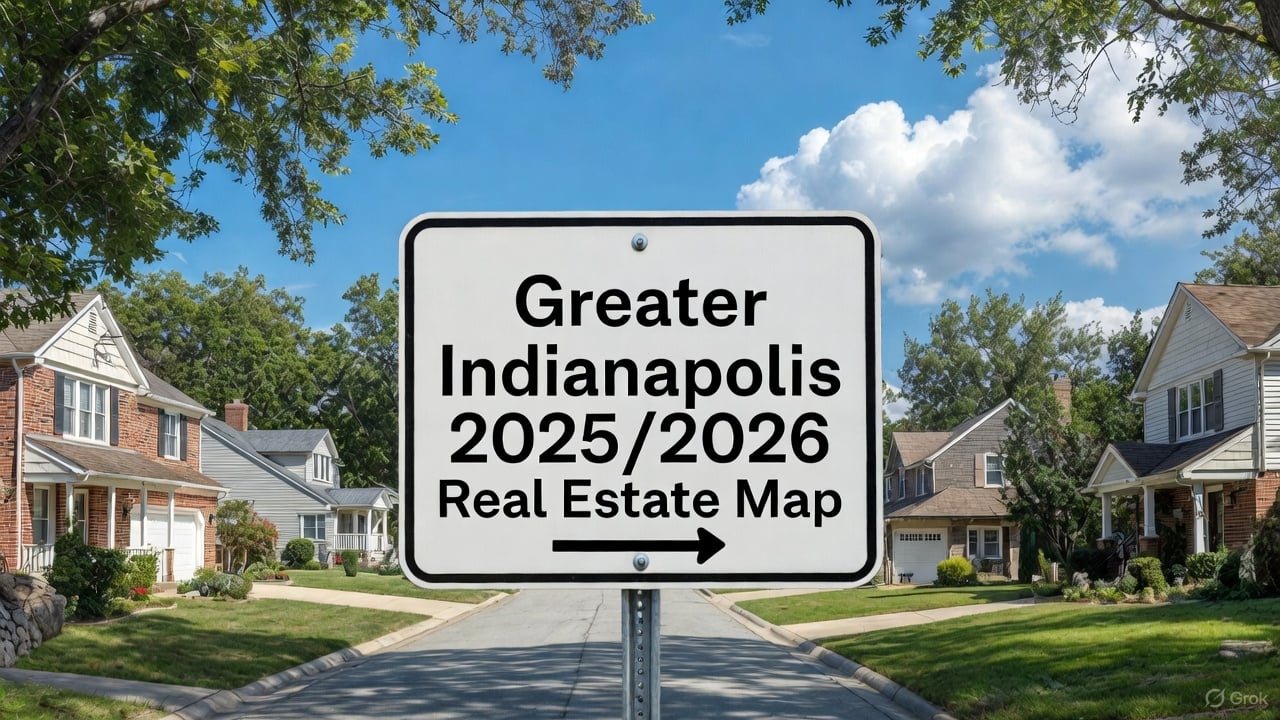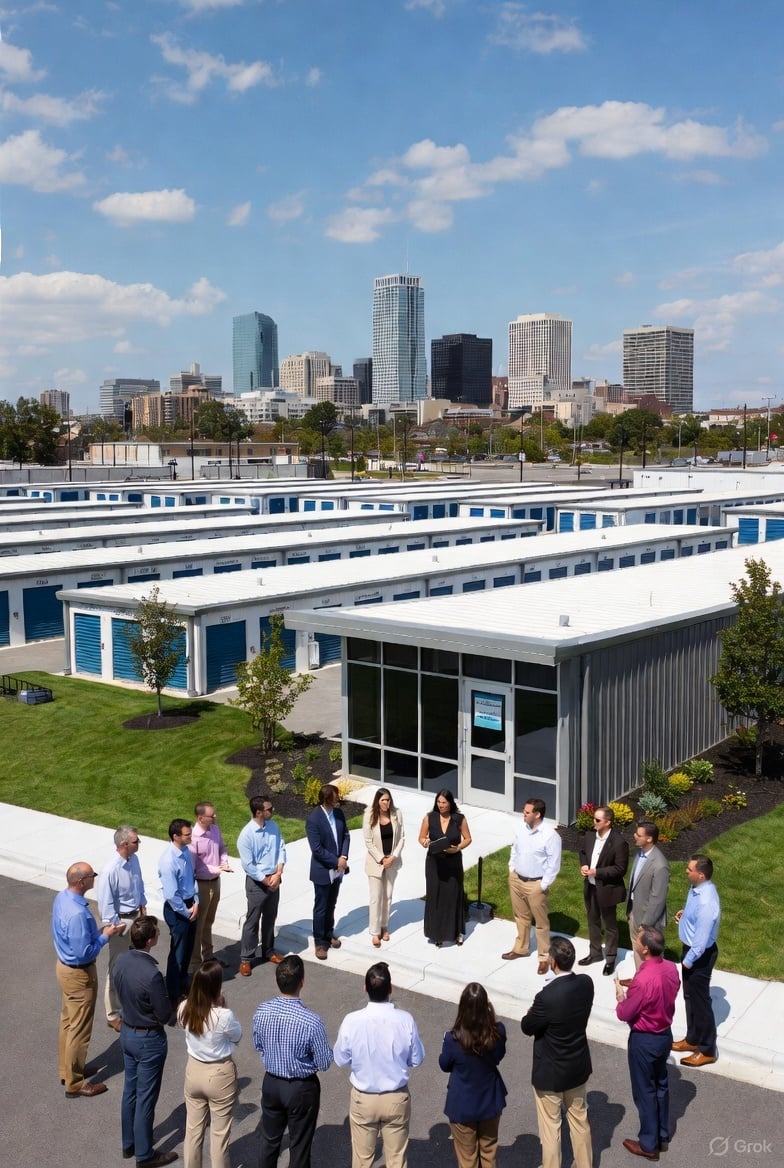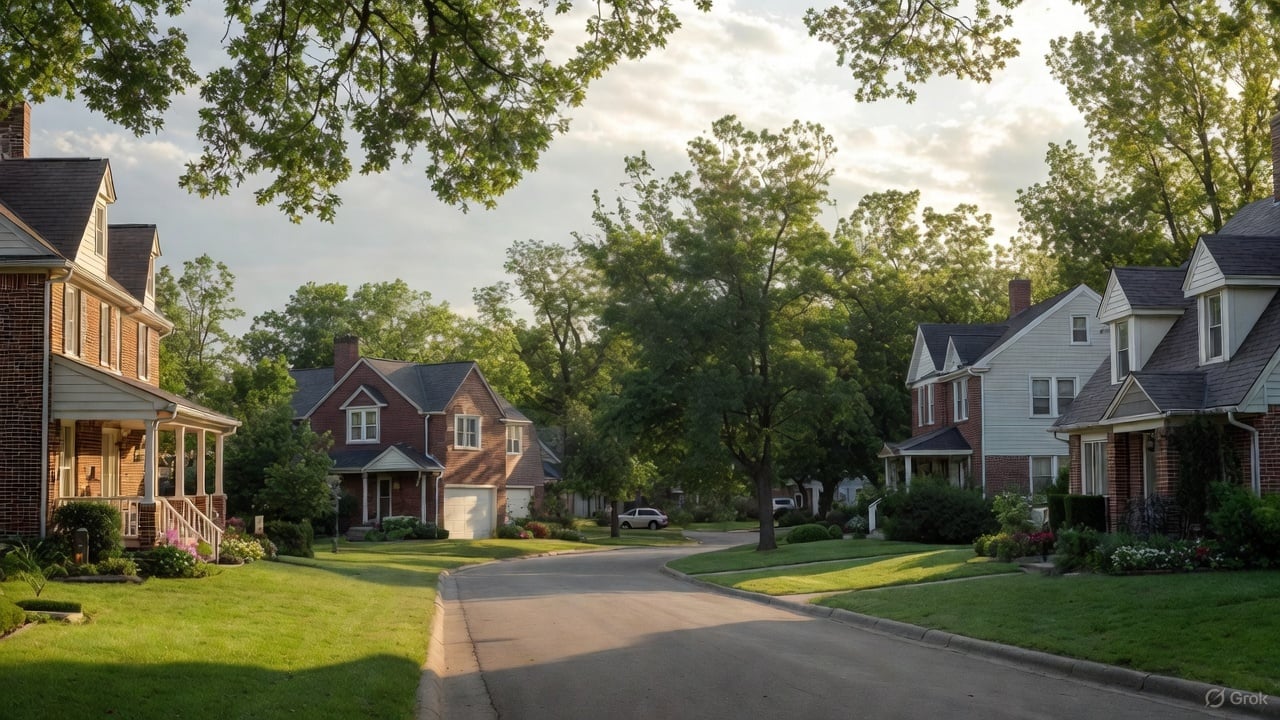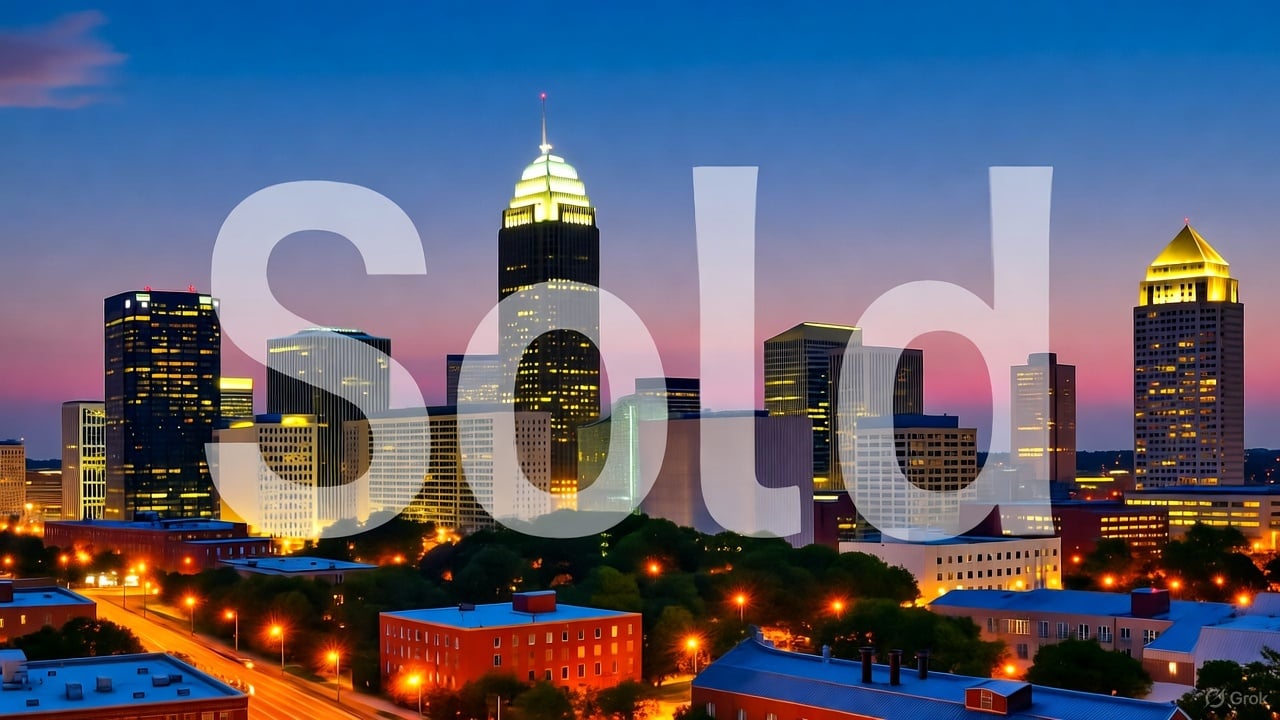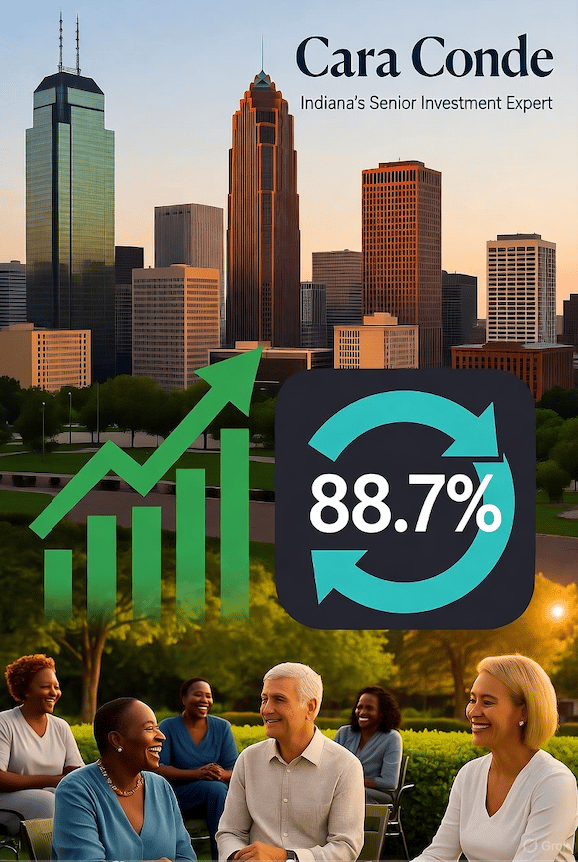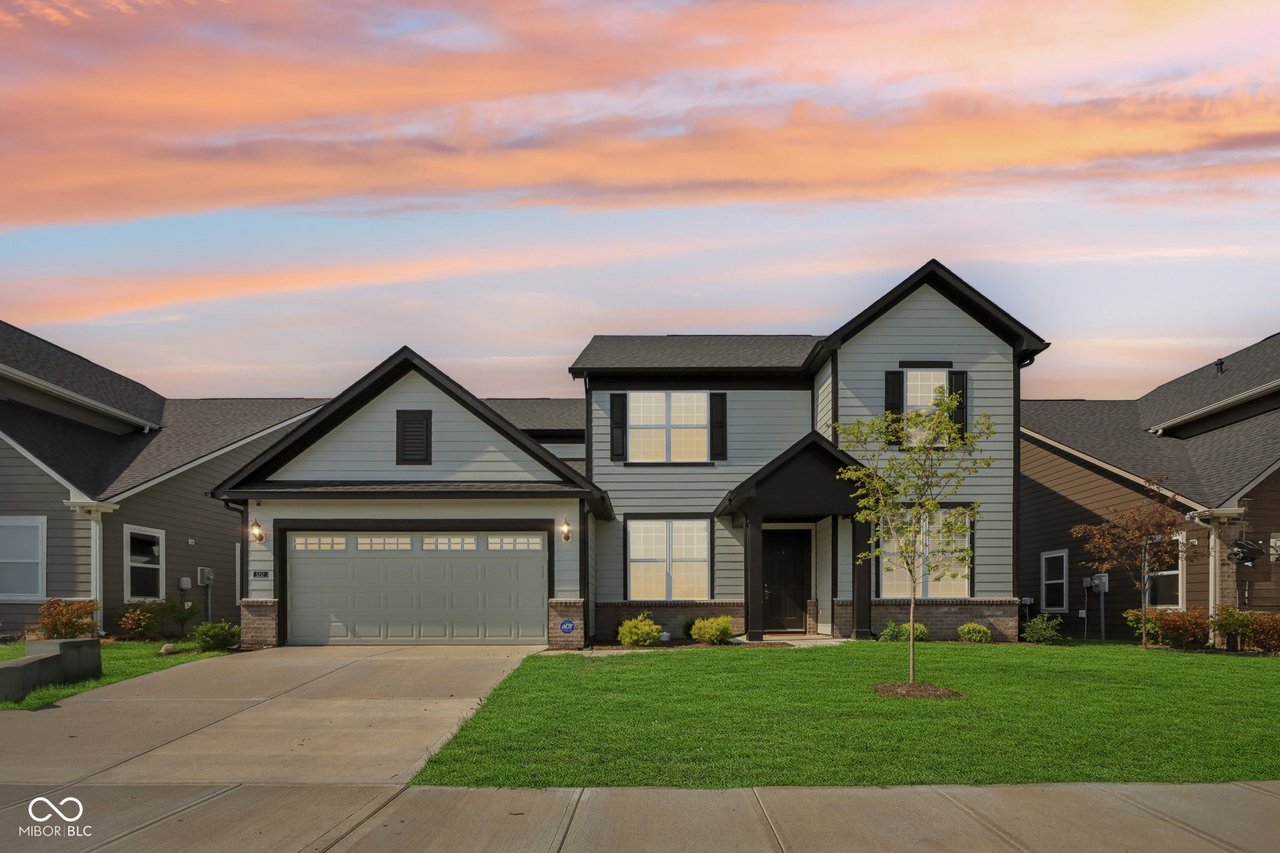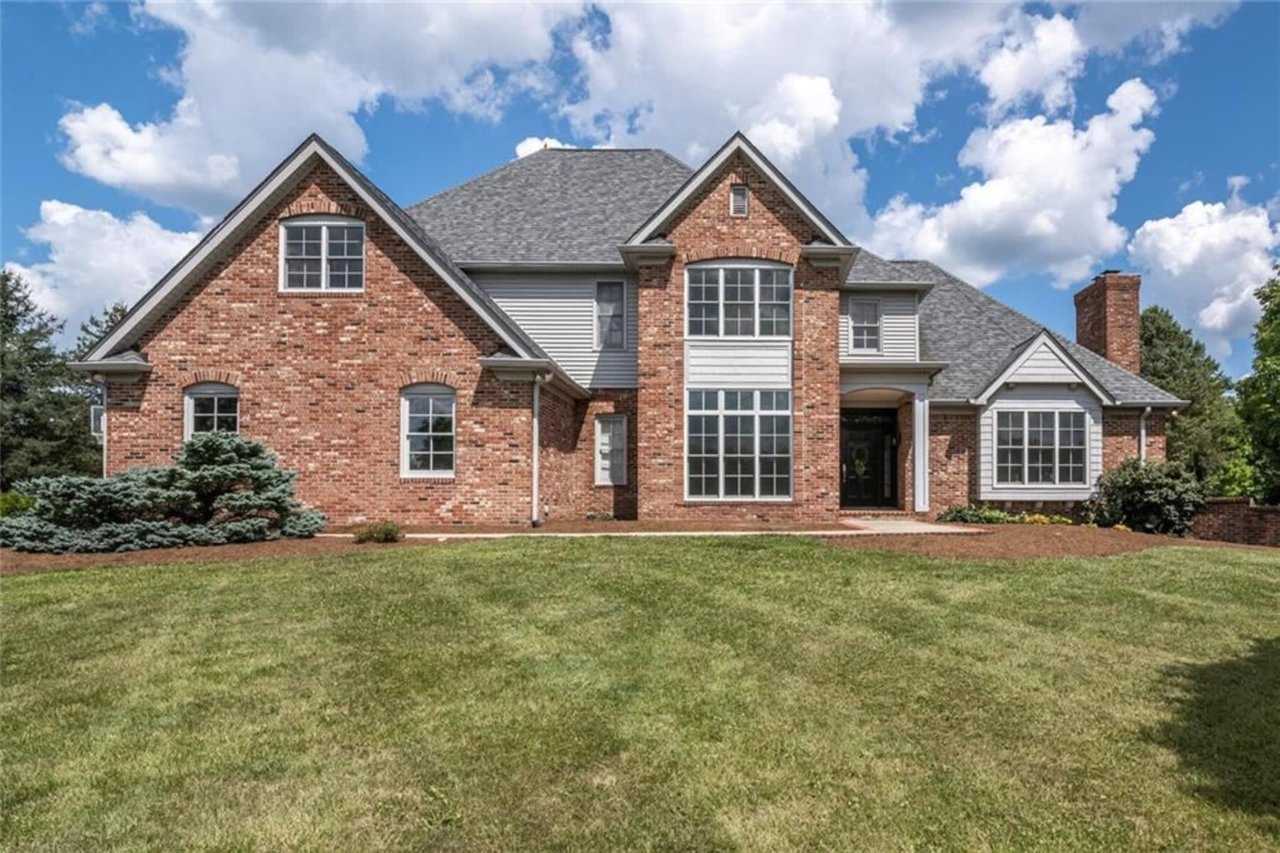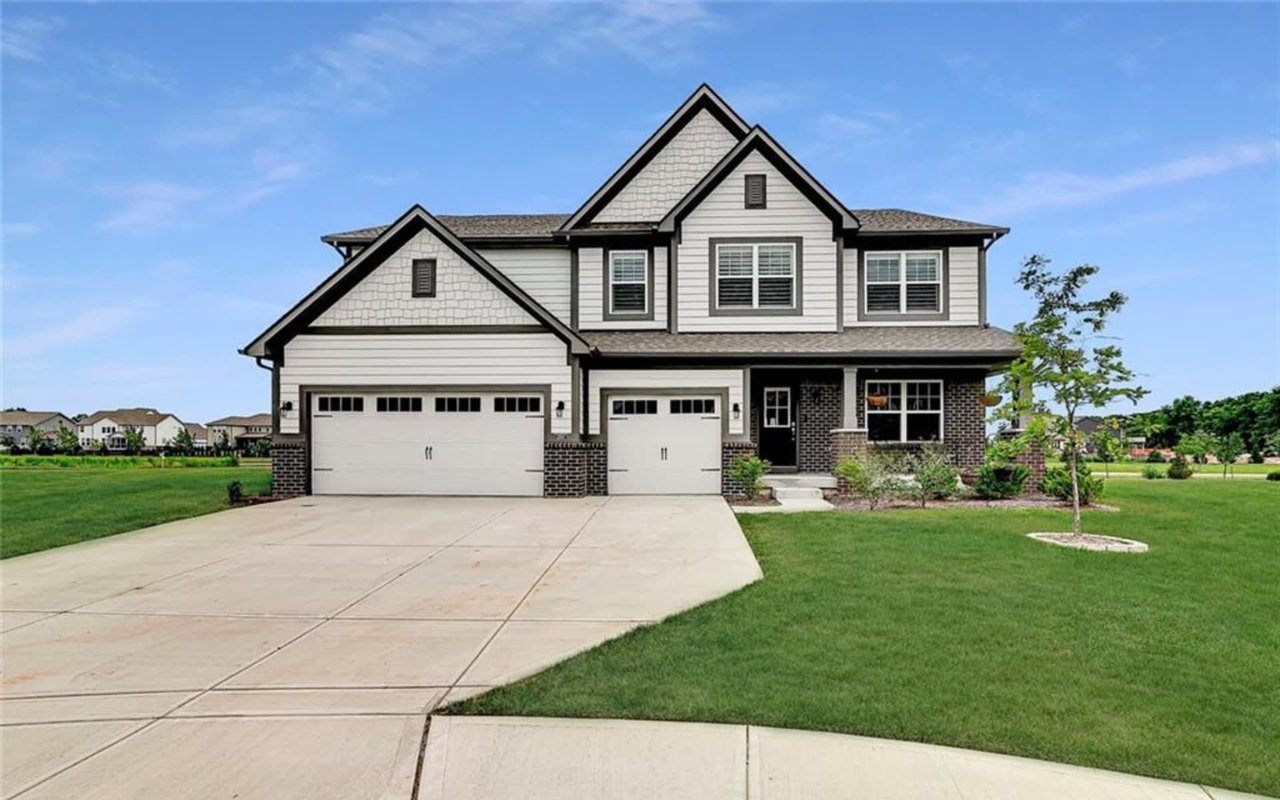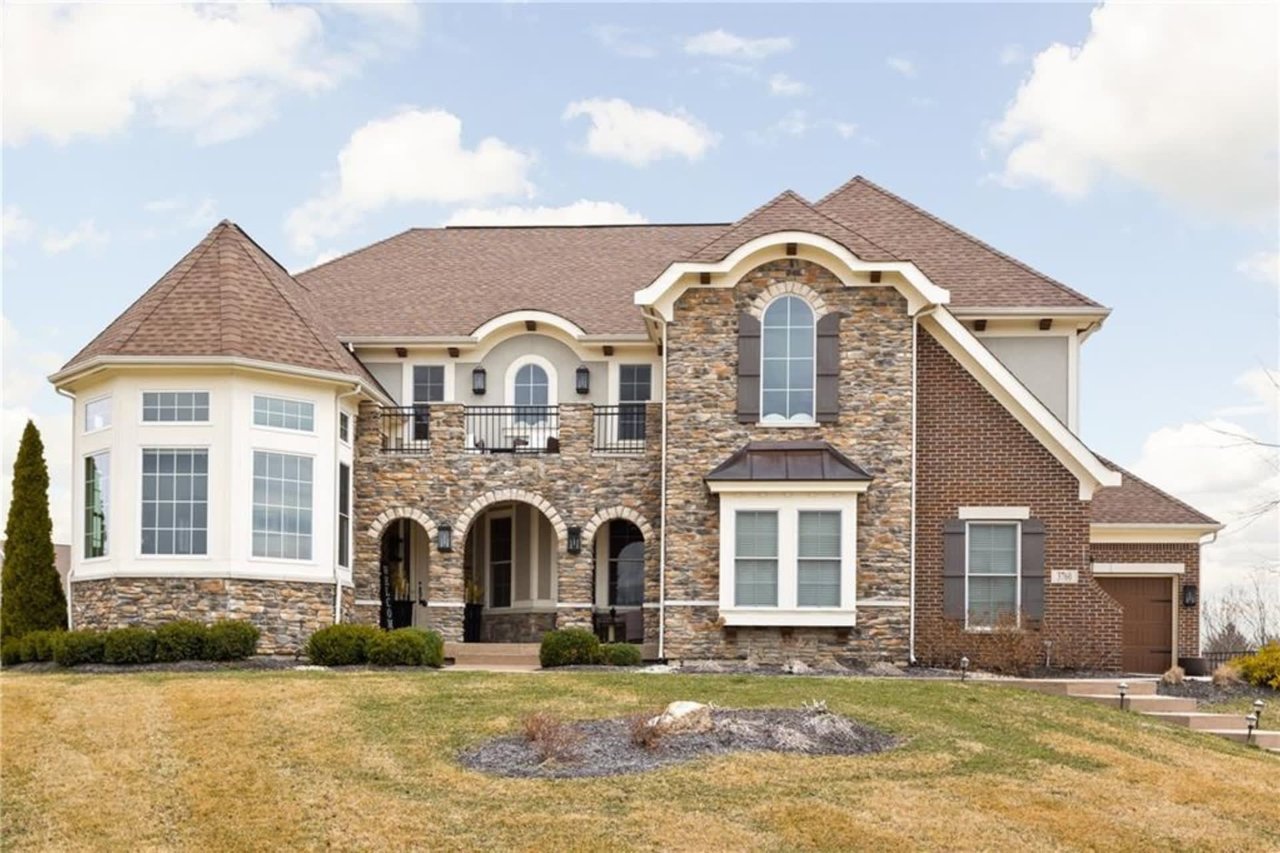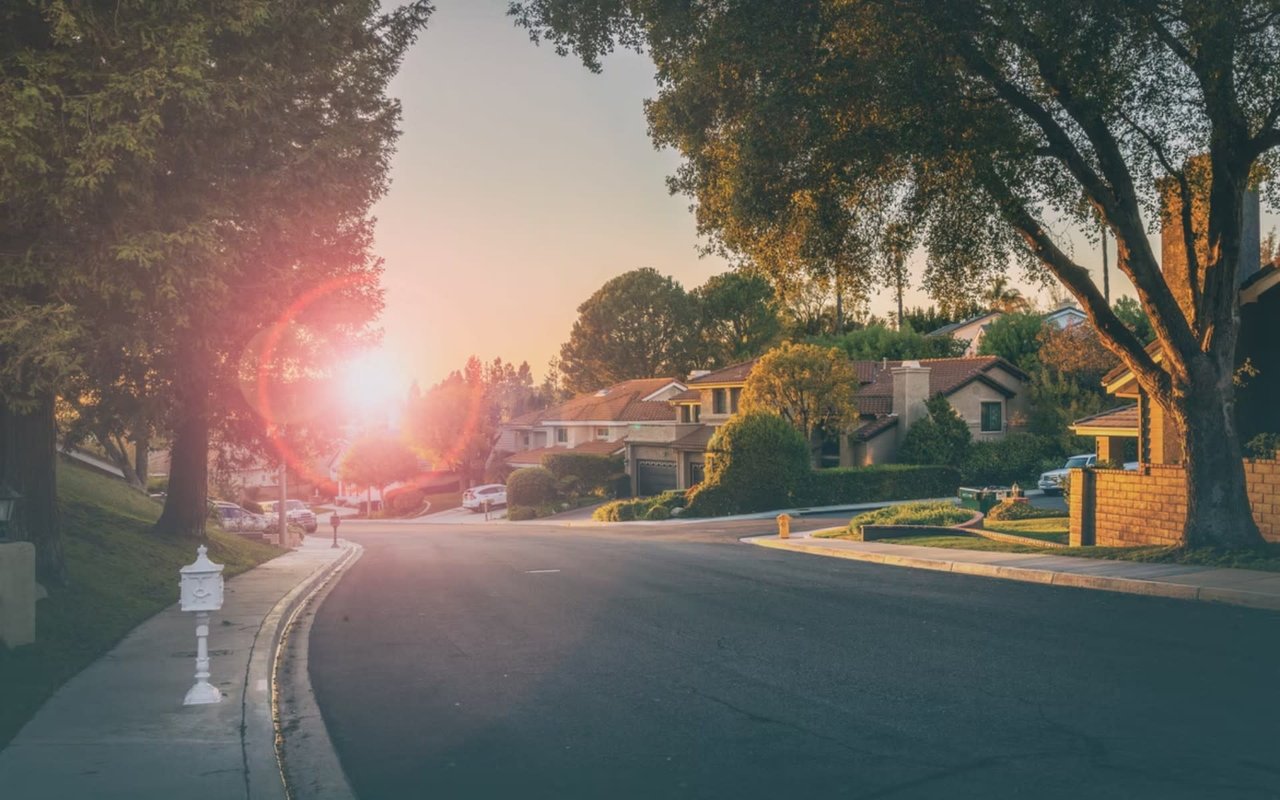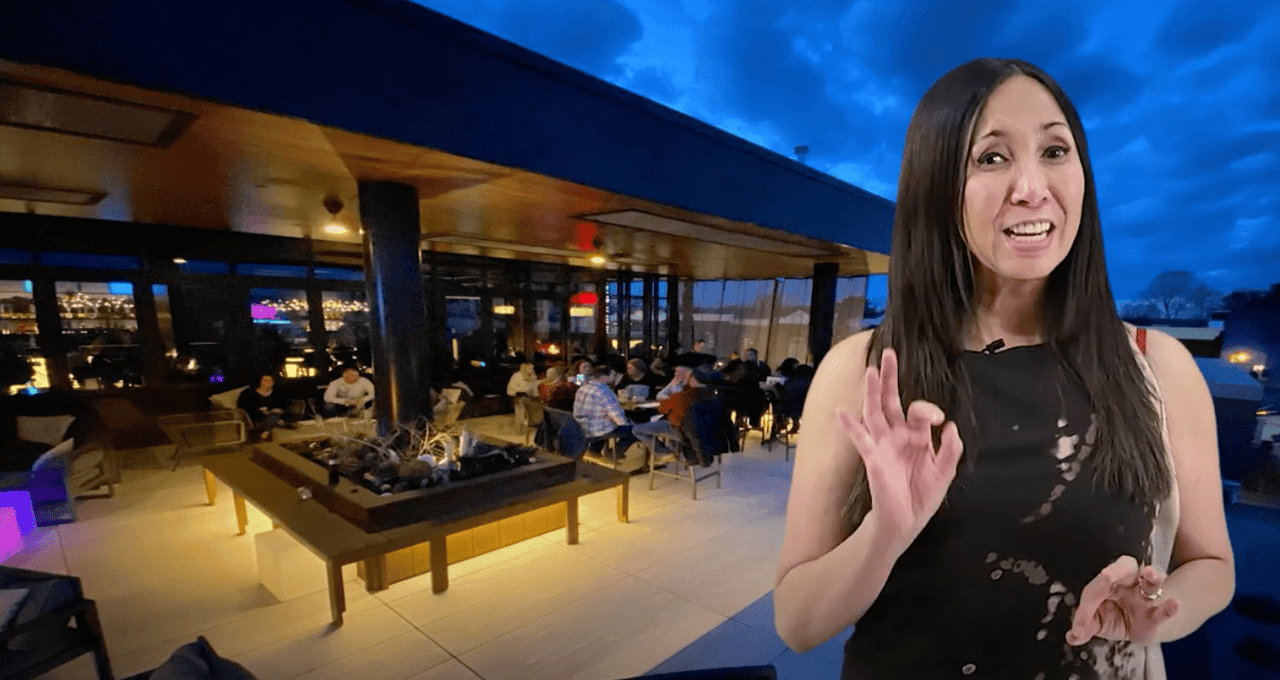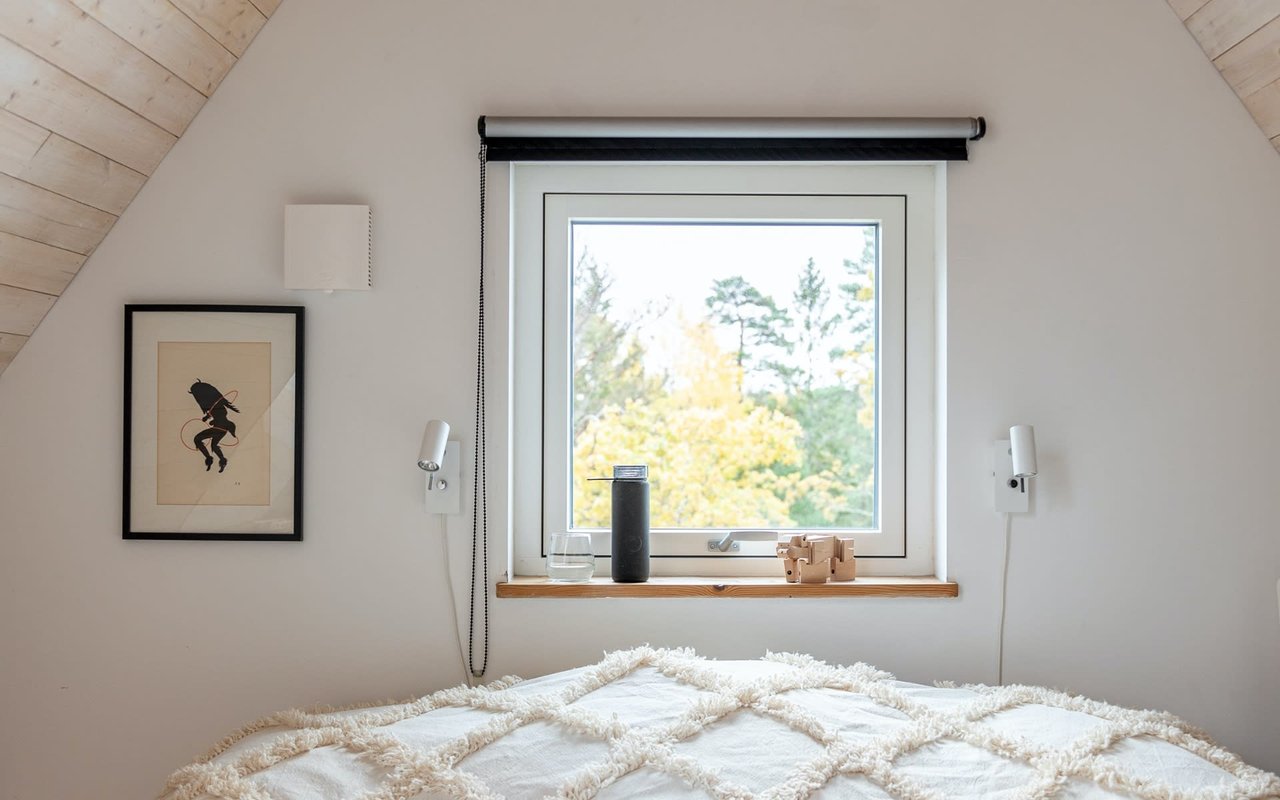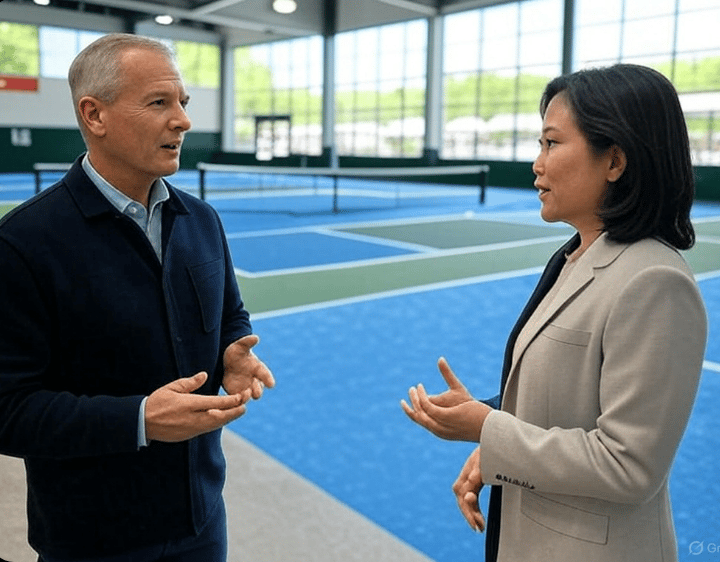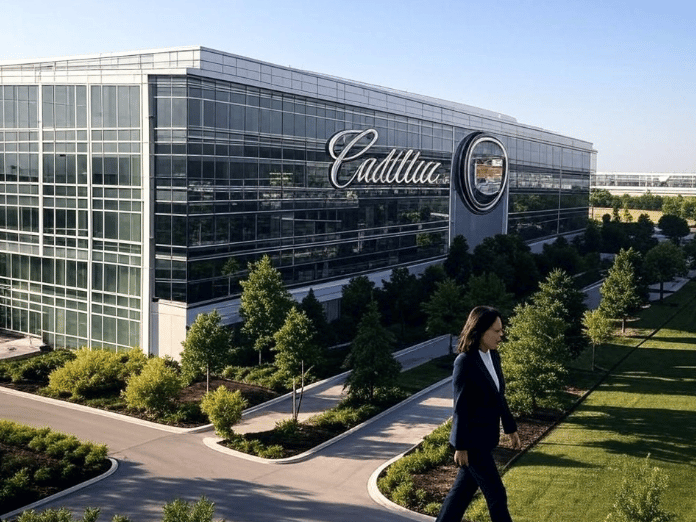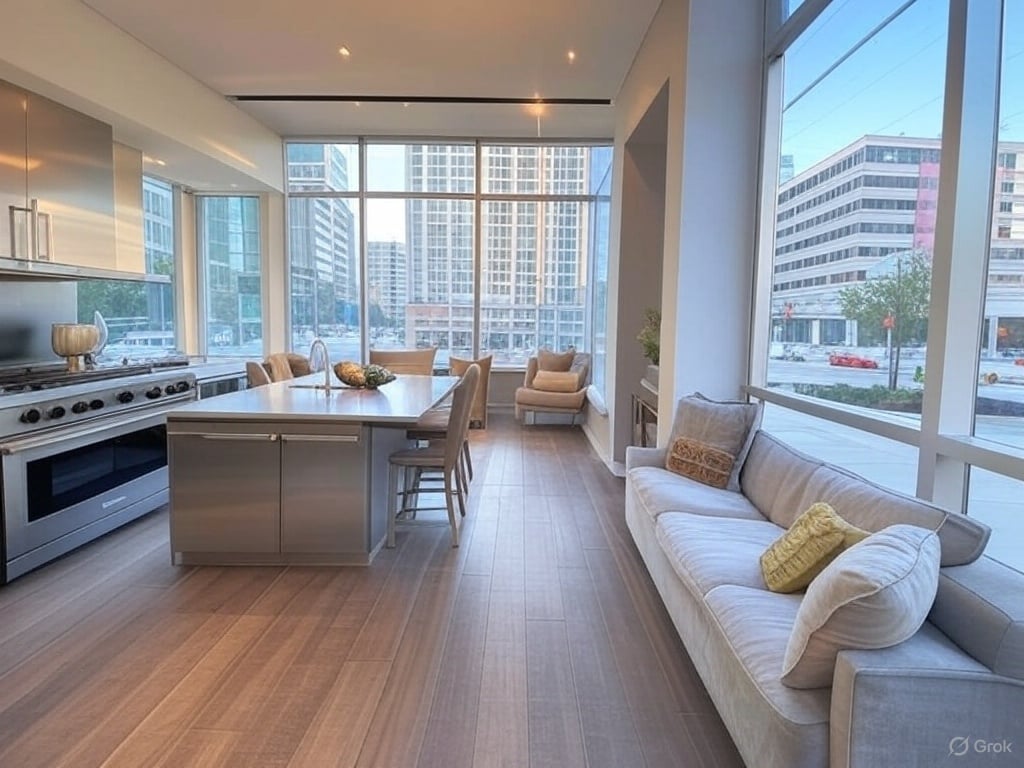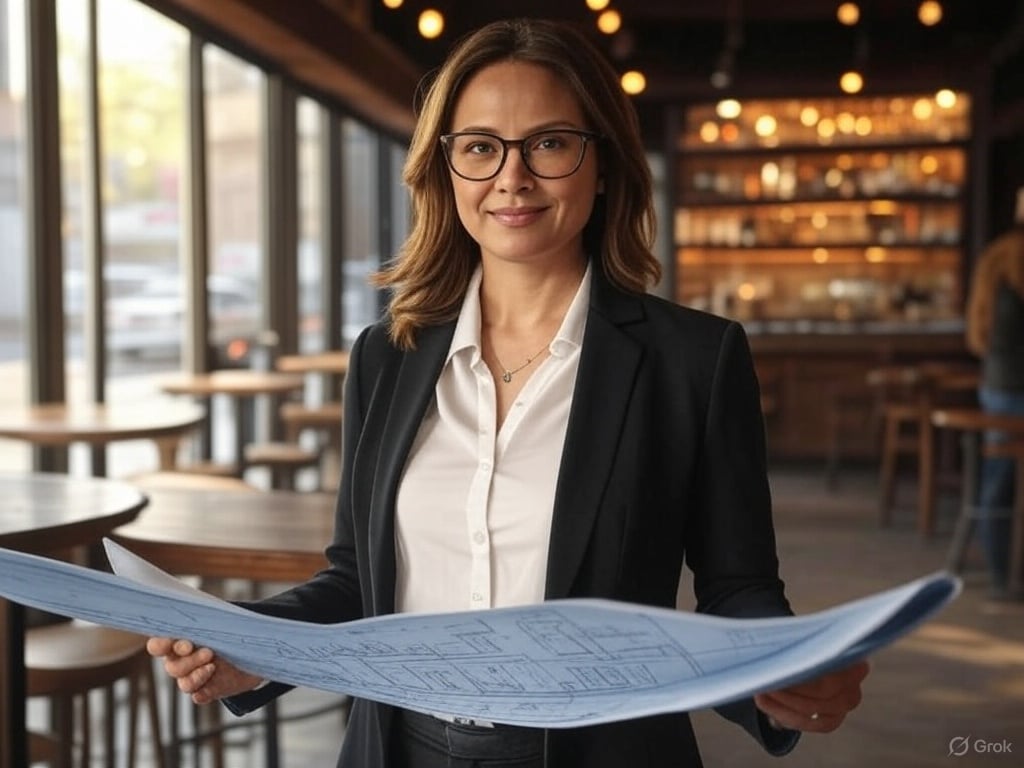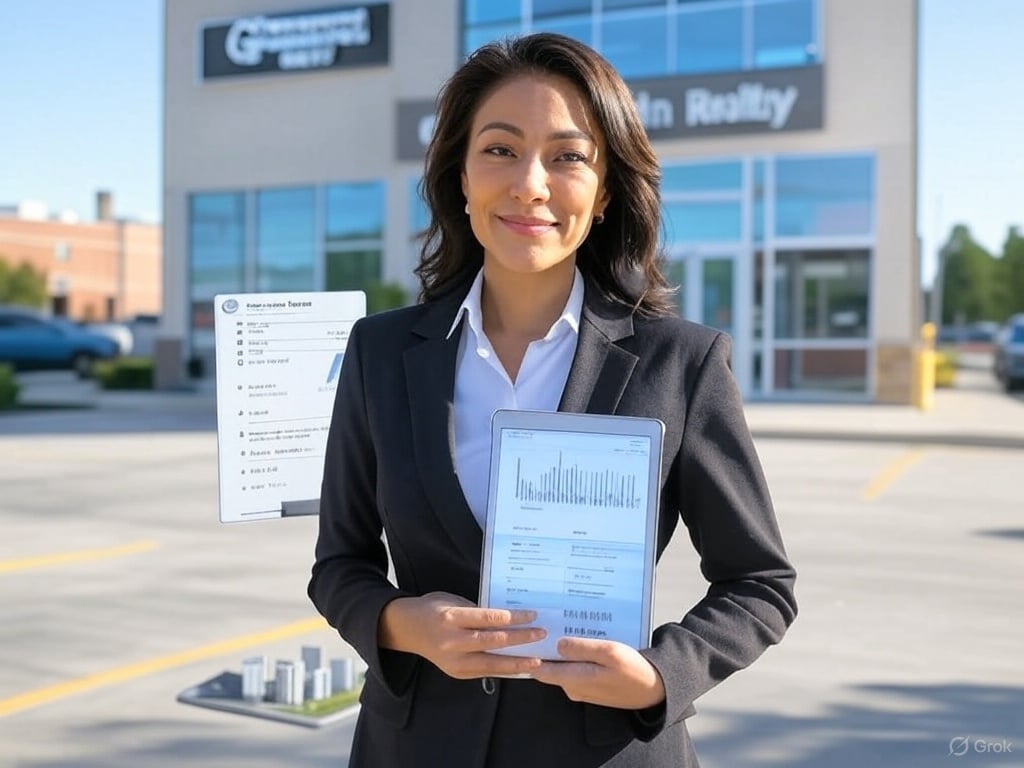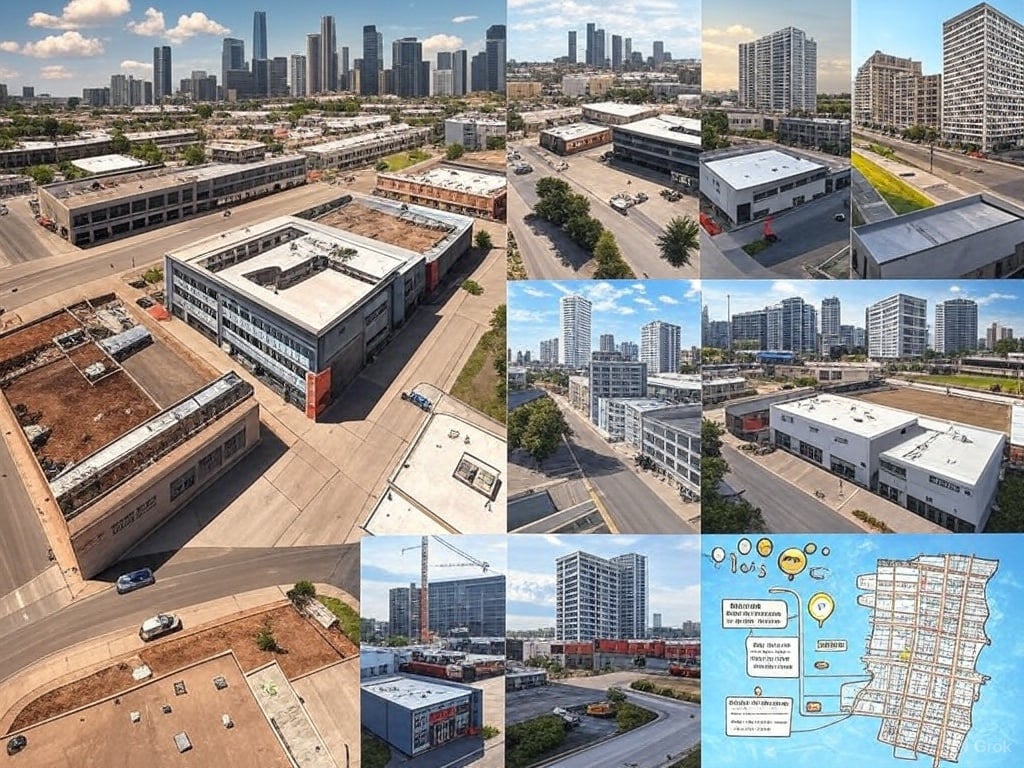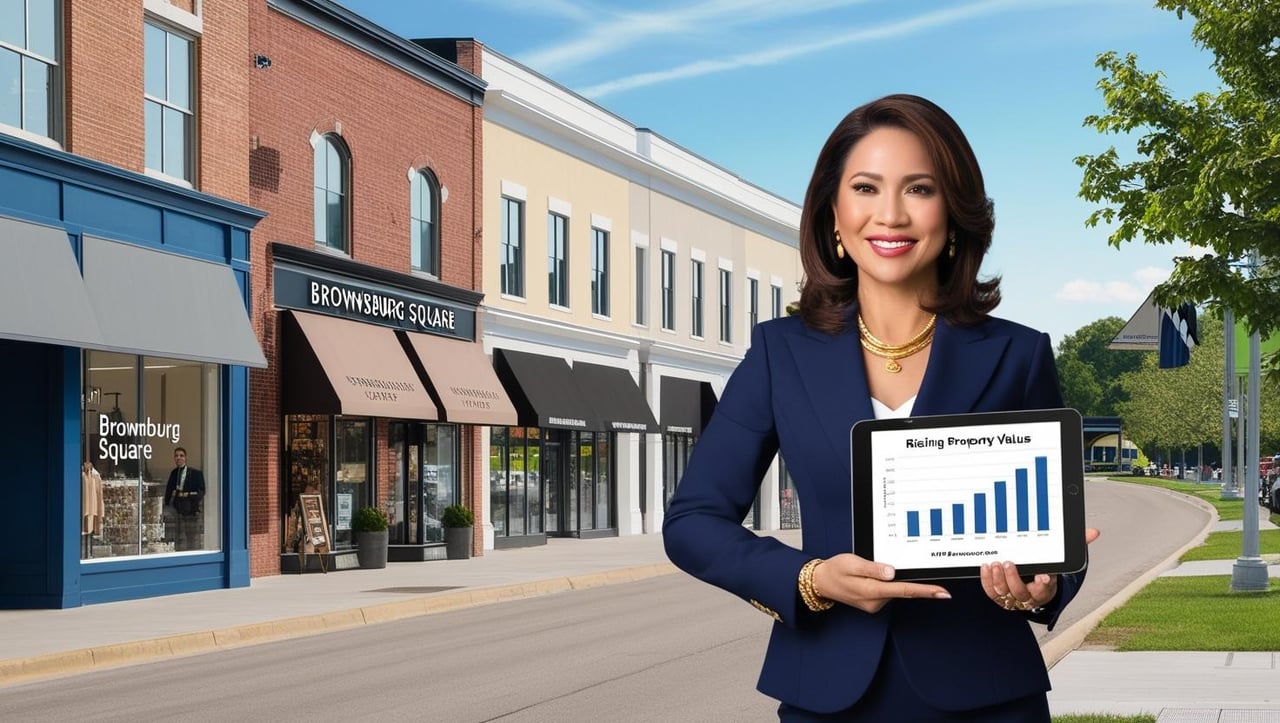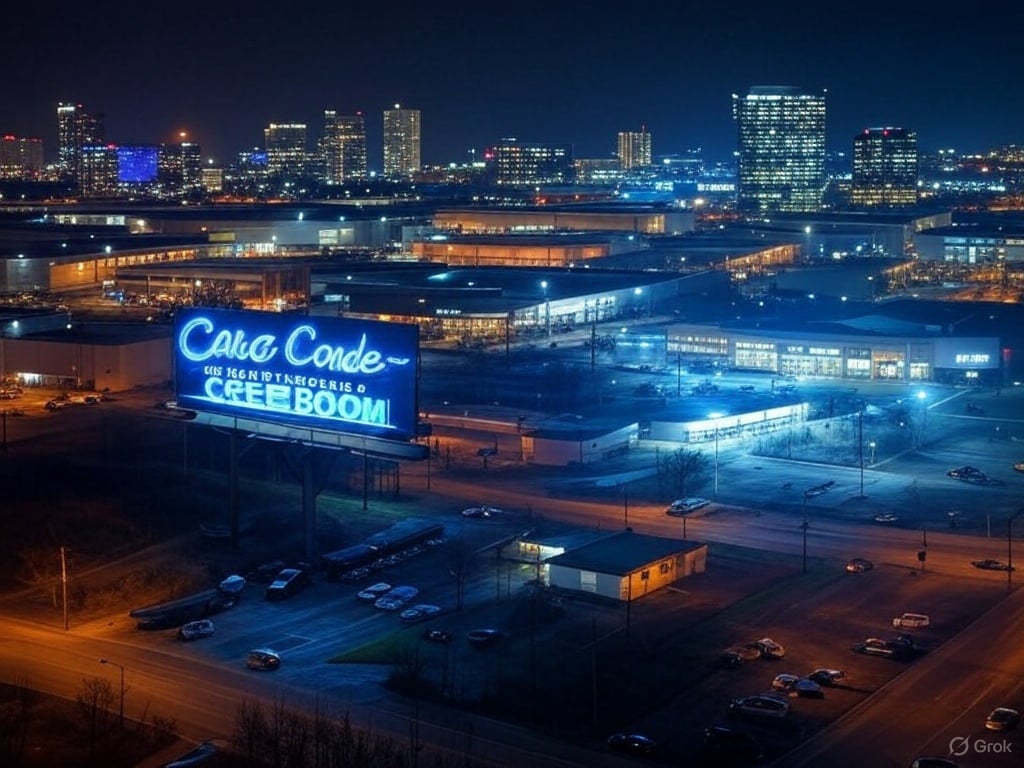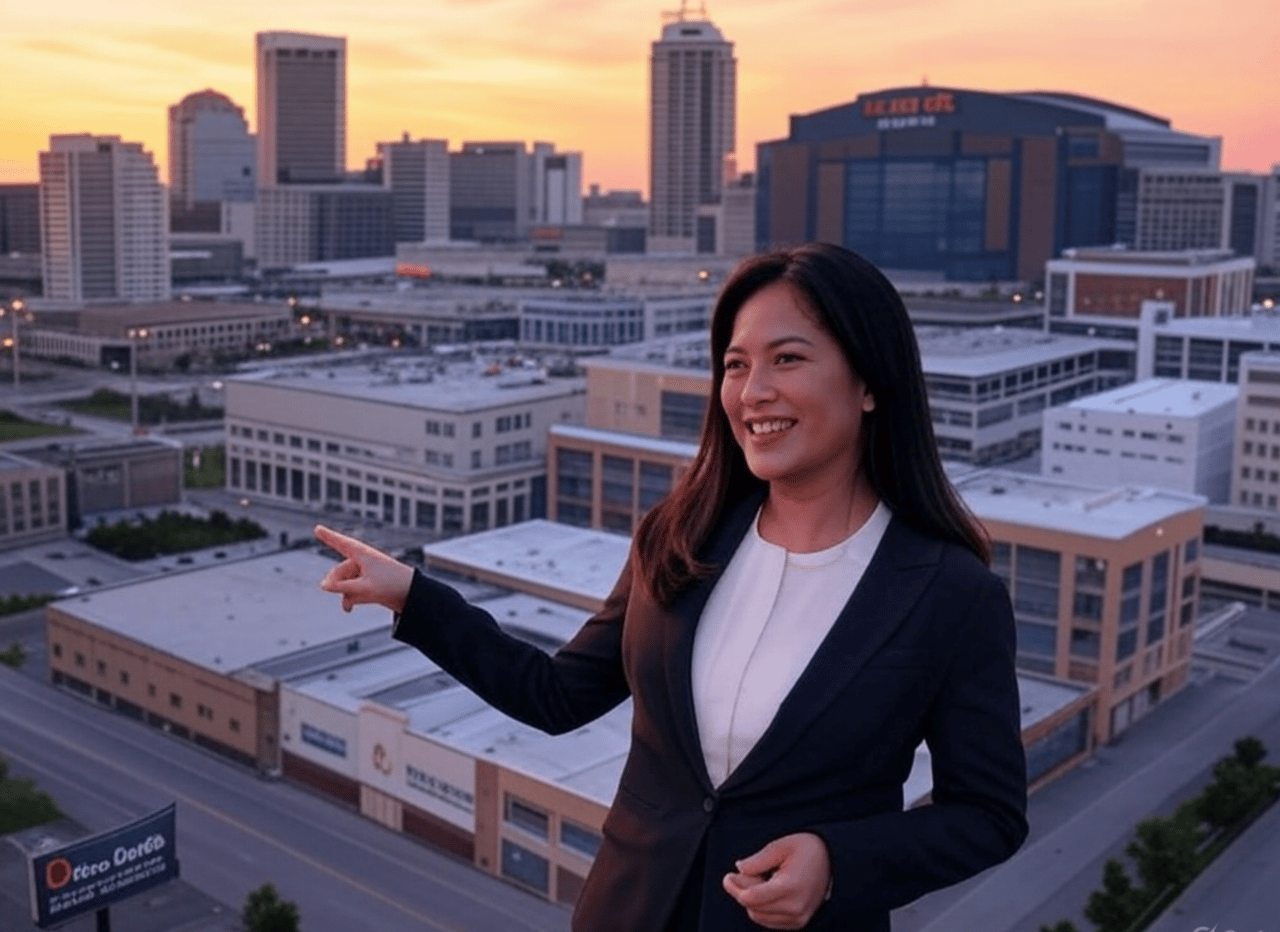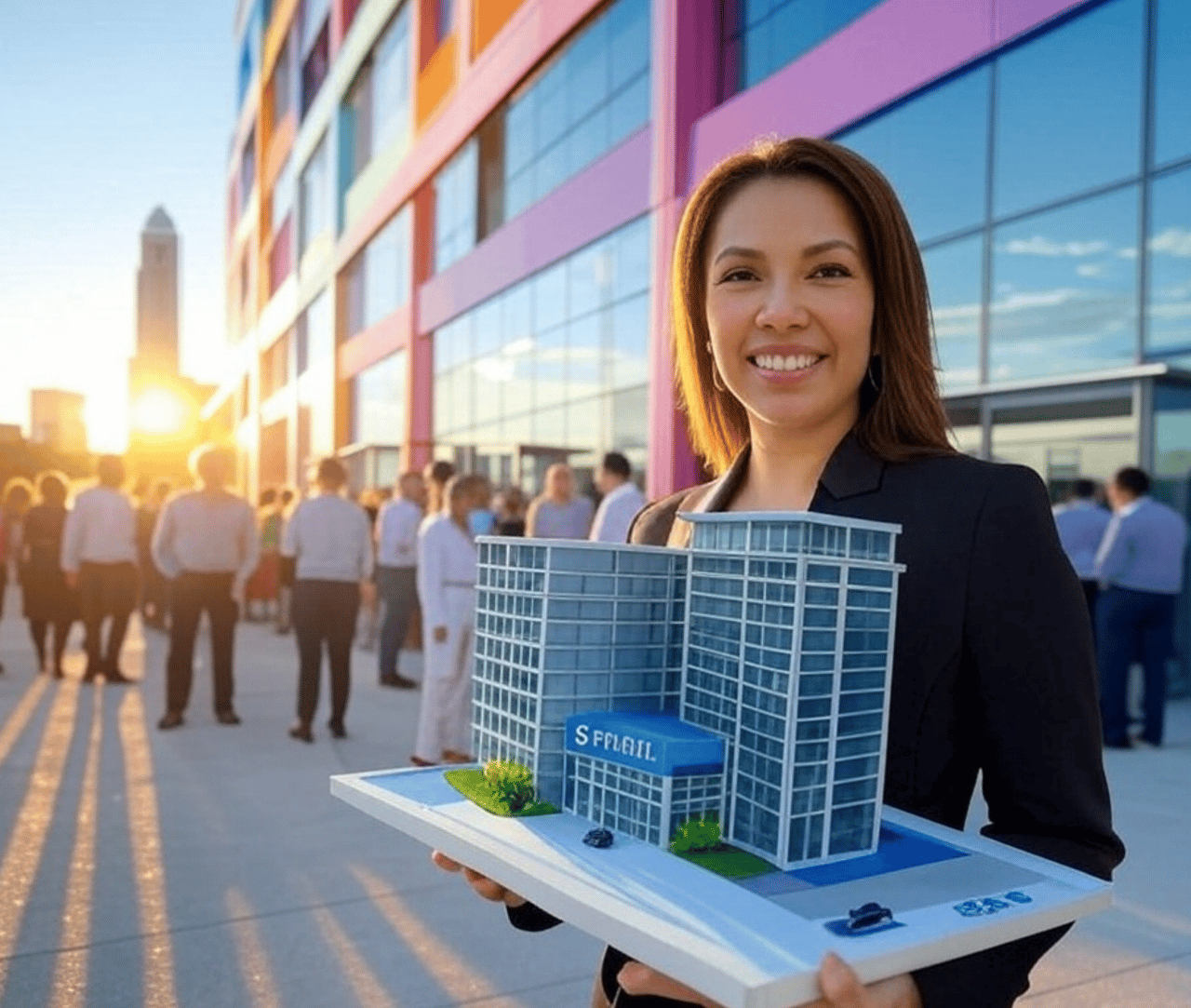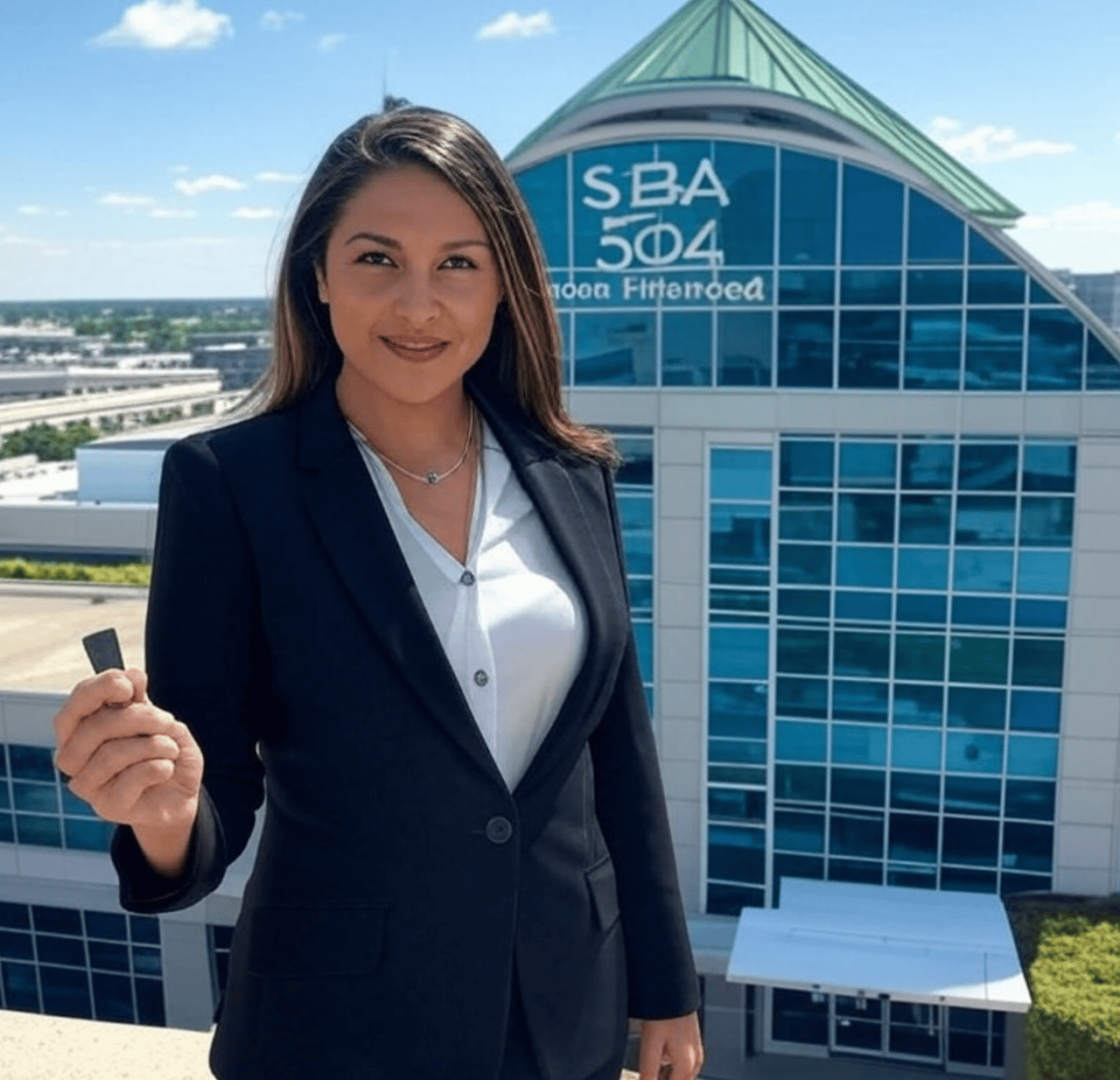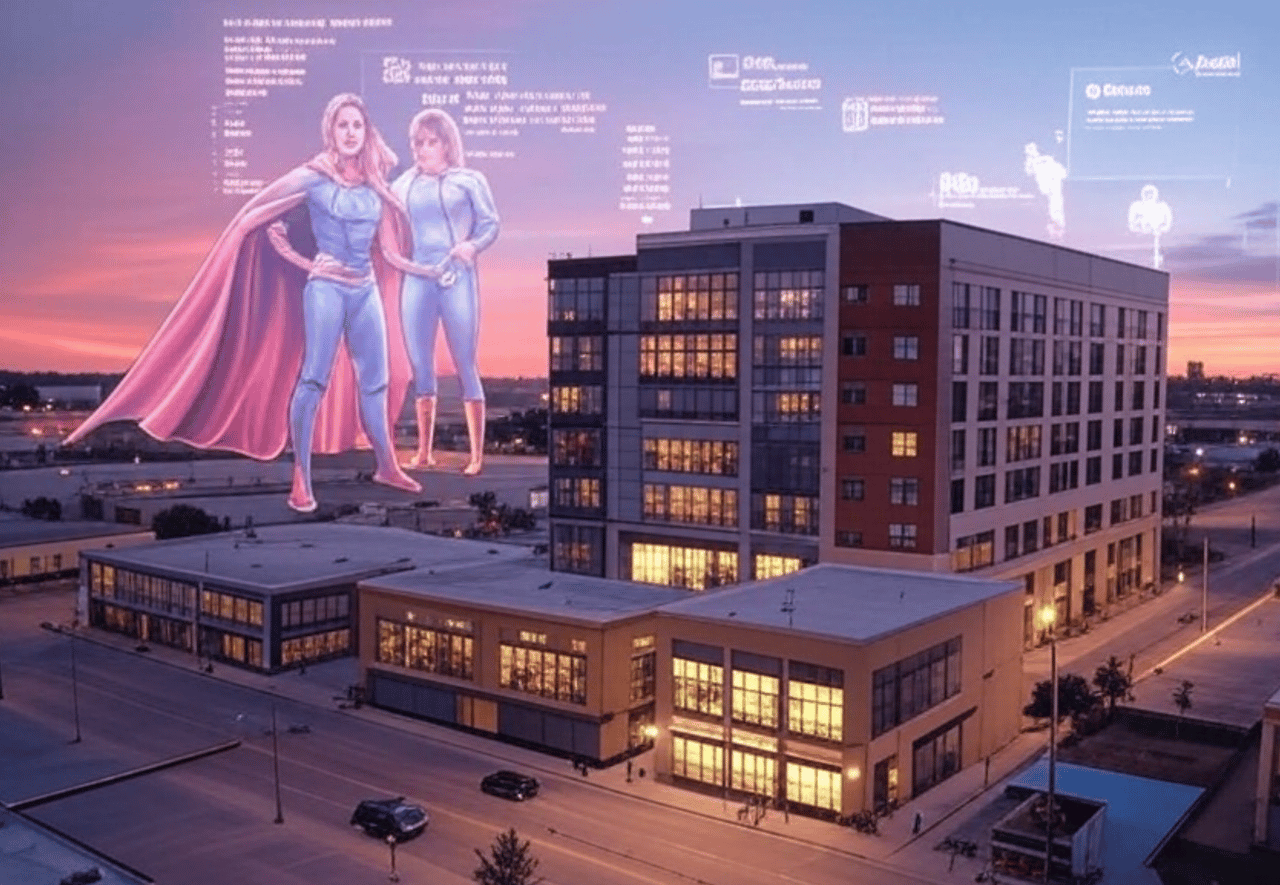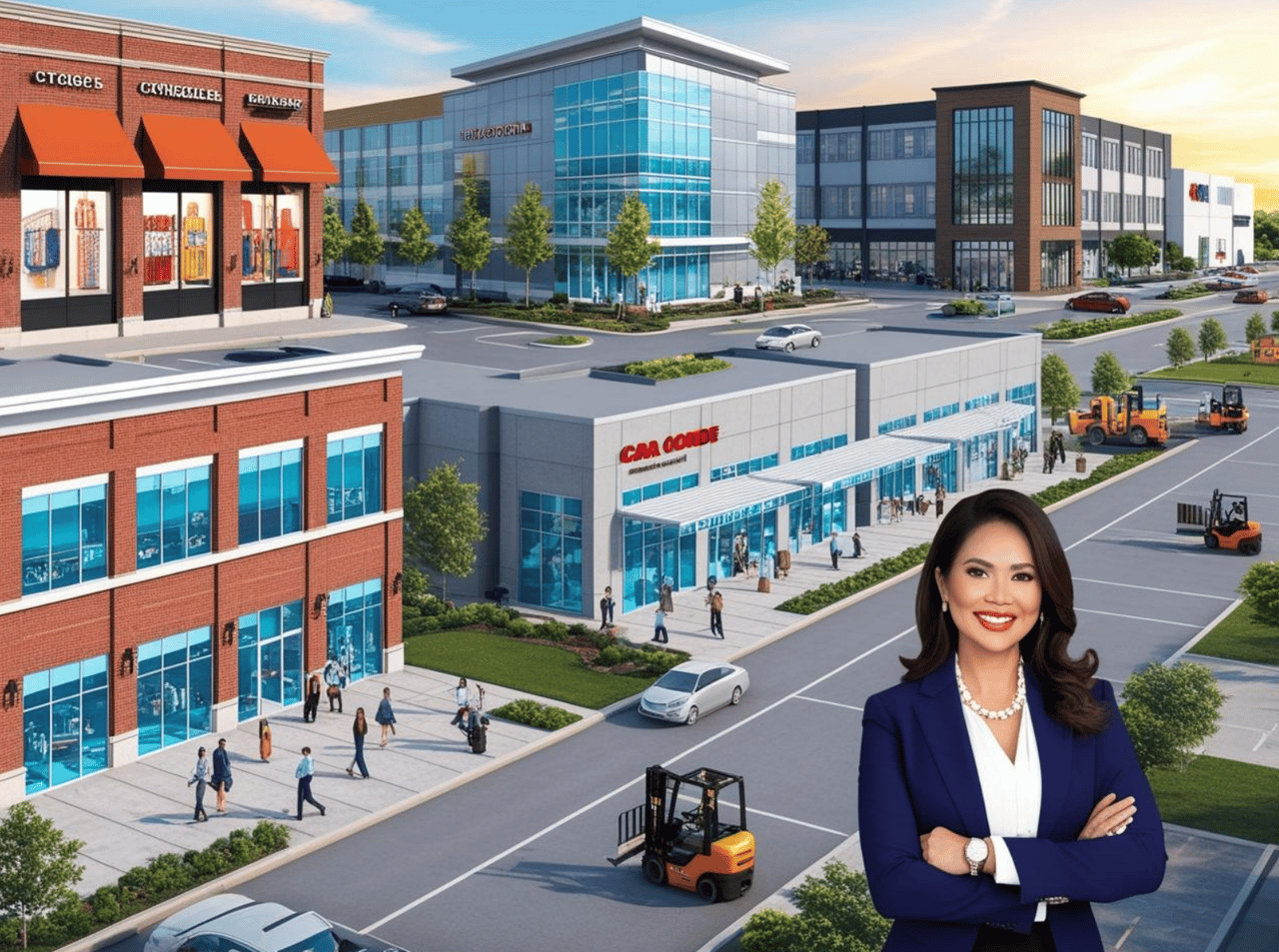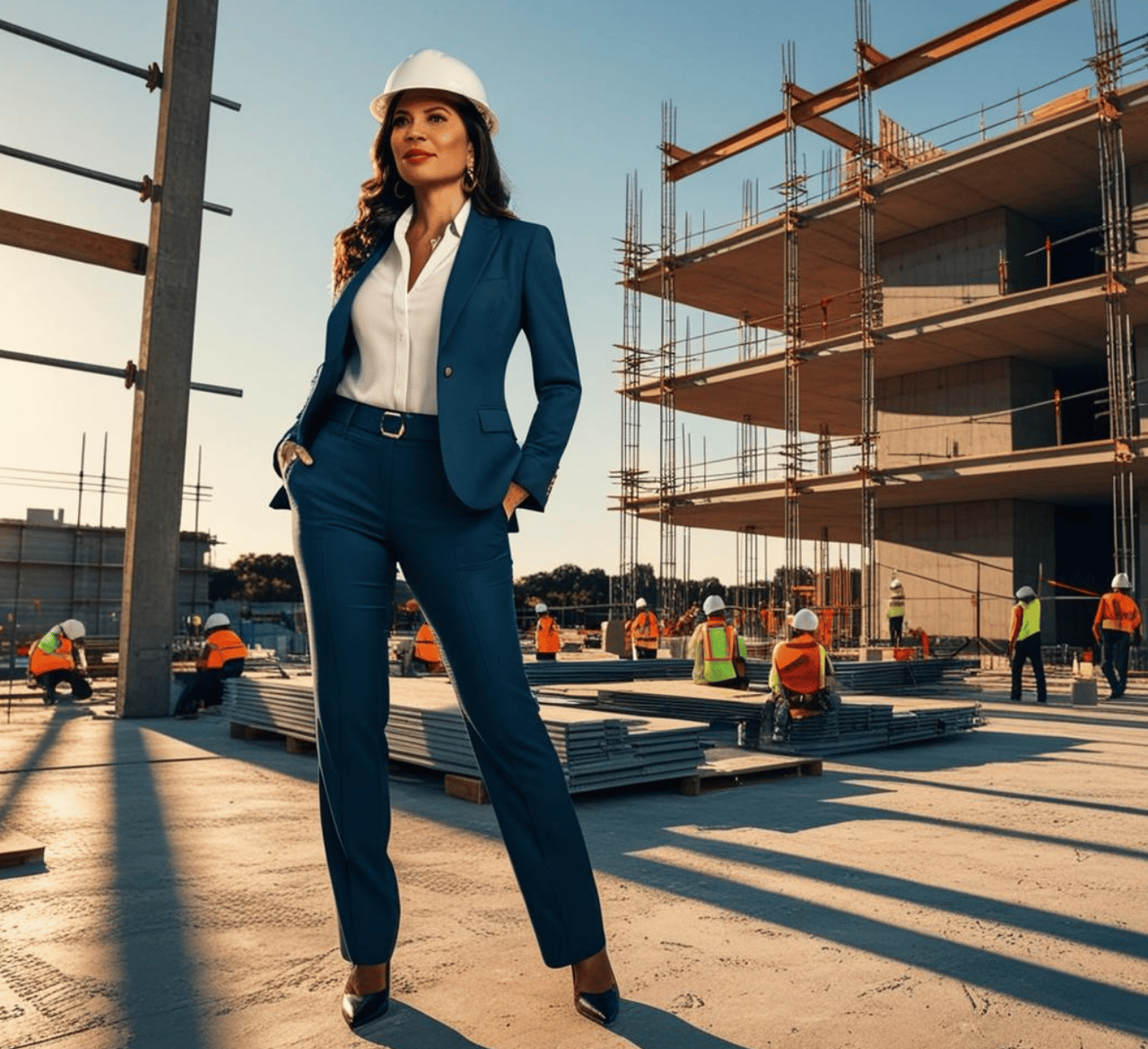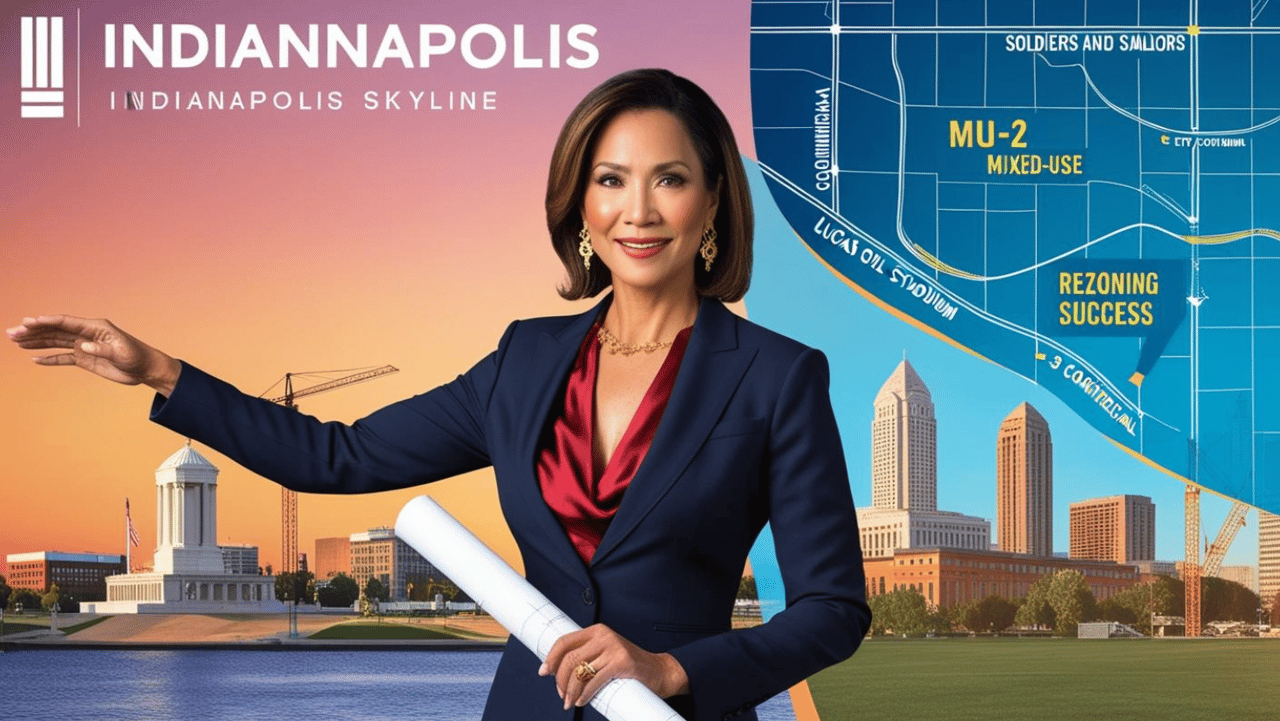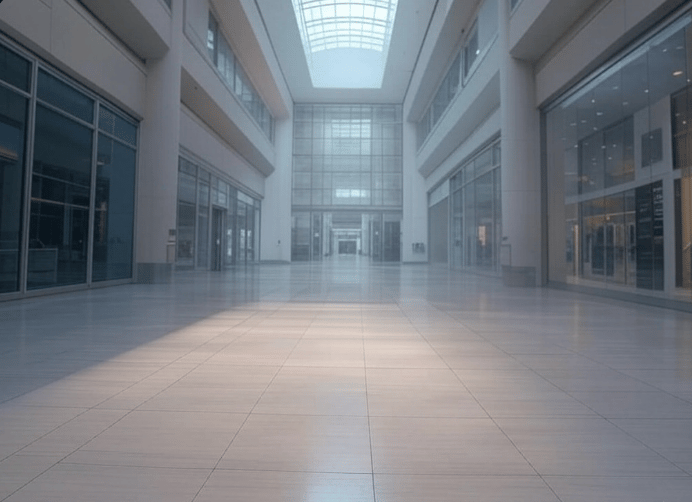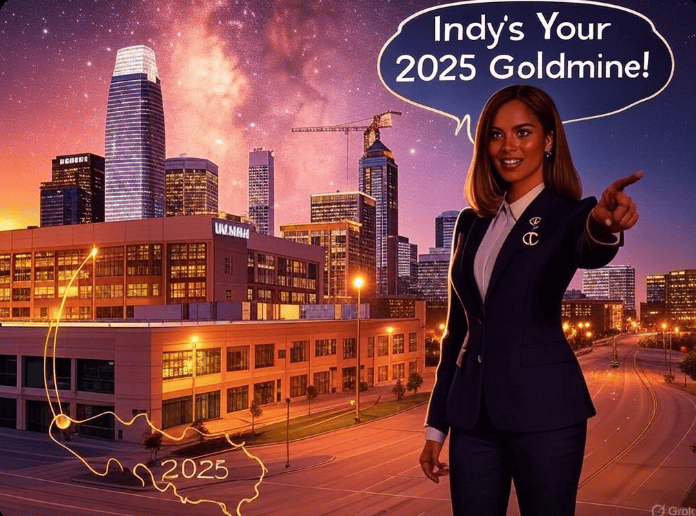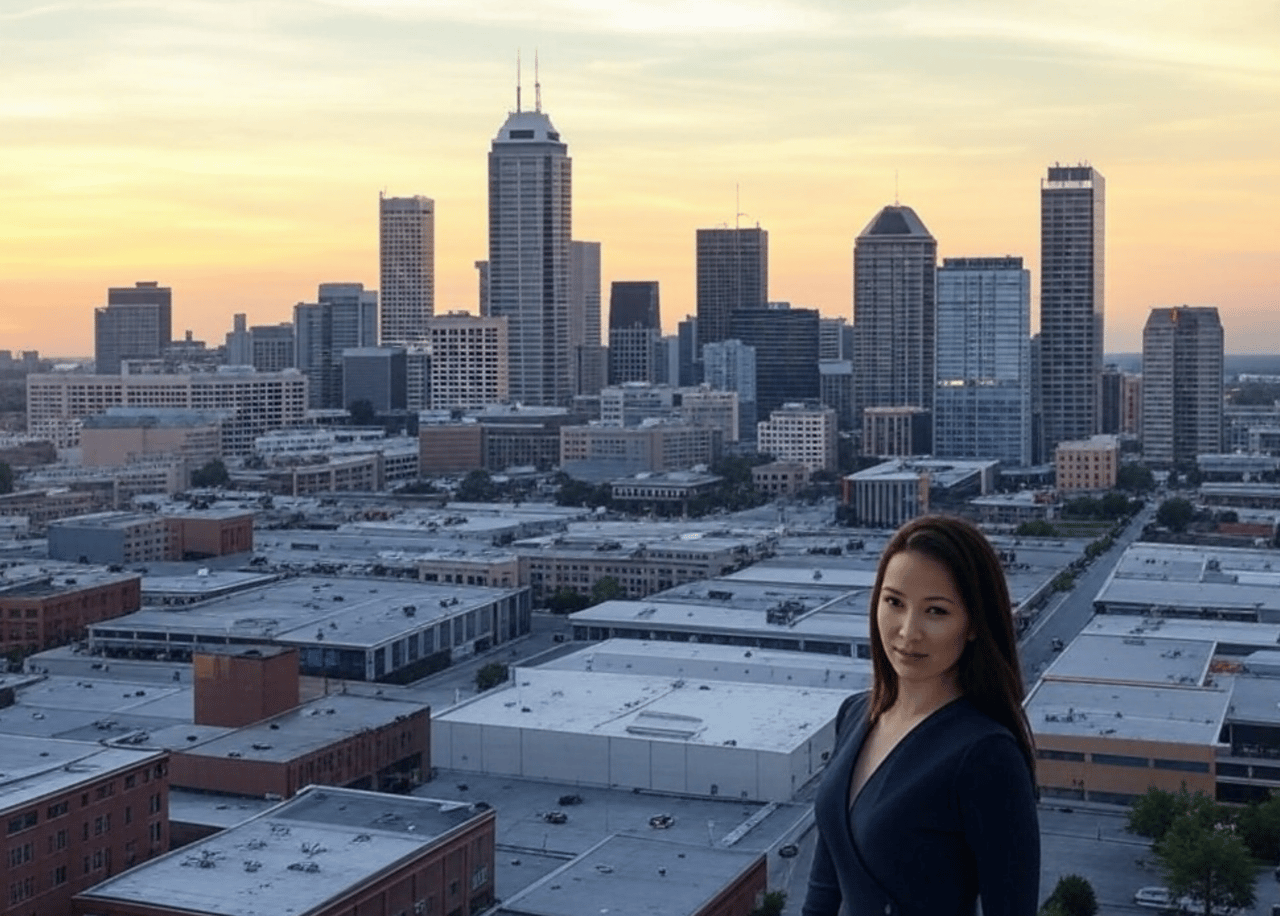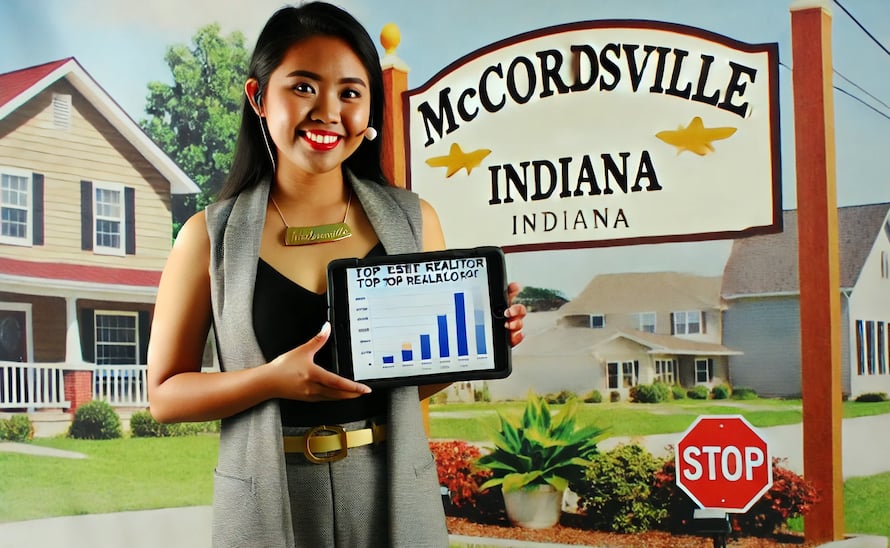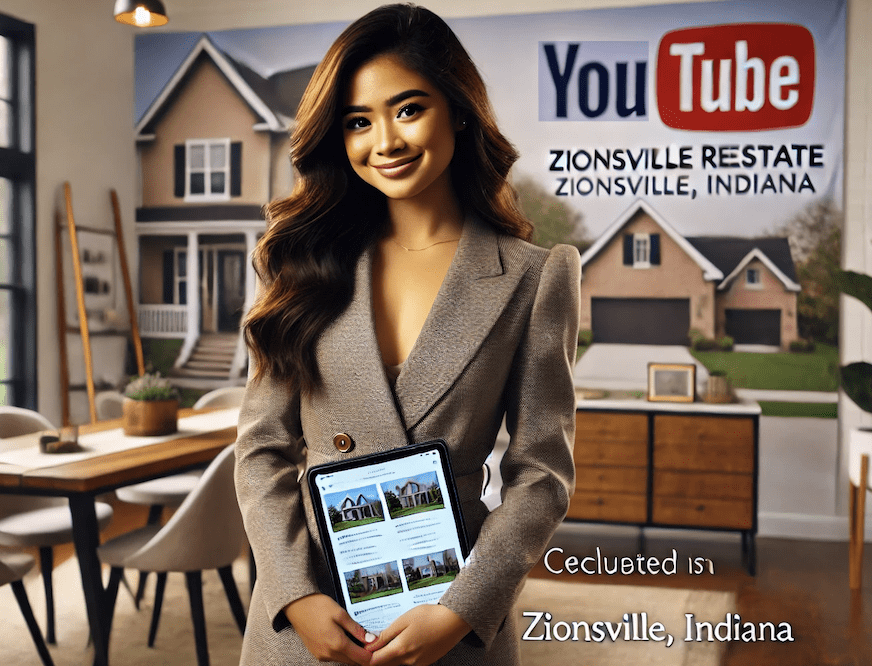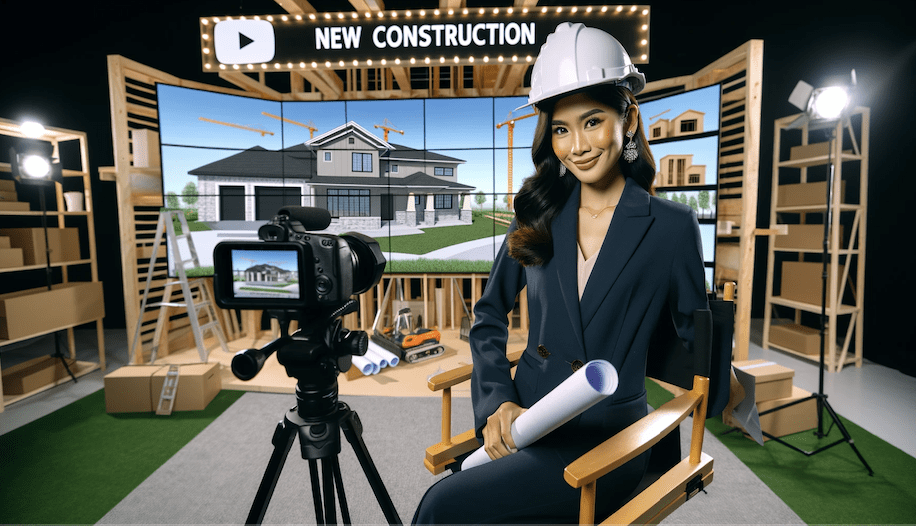Table of Contents
- Introduction: Indiana’s Commercial Real Estate Renaissance
- Indiana’s Robust Economy: The Foundation for Commercial Growth
- Strategic Infrastructure: Connecting Indiana’s Commercial Future
- Surging Demand Across Property Types and Cities
- Emerging Markets and Investment Strategies
- Partnering with Cara Conde: Your Gateway to Indiana Success
- Conclusion: Seize Indiana’s Commercial Boom with Cara Conde
- FAQs: Your Questions Answered by Cara Conde
Introduction: Indiana’s Commercial Real Estate Renaissance
In 2025, Indiana’s commercial real estate market is a beacon of opportunity, with Indianapolis’s office vacancy rate at 21.7% signaling a pivot toward adaptive reuse and industrial vacancy tightening to 10.9% amid soaring demand. Nationally, urban and suburban commercial markets are rebounding, but Indiana stands out, blending affordability, strategic location, and robust economic growth. With a projected real GDP growth of 3.1% for the Indianapolis metro in 2025—outpacing many Midwestern peers—Indiana is no longer a flyover state but a destination for savvy investors.
Why is Indiana stealing the spotlight? The state’s business-friendly policies, world-class infrastructure, and diverse property demand create a perfect storm for commercial development. From Eli Lilly’s $13 billion electric vehicle (EV) battery investments to Microsoft’s datacenter in La Porte, major players are driving demand for office, retail, and industrial spaces. Add to that a median gross rent of $807 (versus the national $1,023), and Indiana offers unmatched value for developers and businesses.
Enter Cara Conde, Indiana’s top commercial real estate agent with SVN Northern Commercial, previously a standout at FC Tucker. With over a decade of experience, a Certified Negotiation Expert (CNE) designation, and a track record of closing multimillion-dollar deals, Cara is the guide investors trust to navigate this dynamic market. “Indiana’s 2025 market is a goldmine for those who act fast,” says Cara. “I’ve helped clients secure prime properties that deliver 15-20% ROI by leveraging local trends and incentives.”
In this comprehensive guide, we’ll explore why Indiana is the next hotspot for commercial real estate development, diving into its economic momentum, infrastructure advantages, surging property demand, and emerging markets. By the end, you’ll have the knowledge to invest confidently—and a direct line to Cara Conde for expert guidance. Ready to unlock Indiana’s potential? Let’s dive in.
Indiana’s Robust Economy: The Foundation for Commercial Growth
Indiana’s economy is firing on all cylinders, positioning the state as a commercial real estate powerhouse in 2025. From low unemployment to targeted incentives, the economic landscape is ripe for investment. Here’s a deep dive into the drivers fueling this boom and how Cara Conde helps clients capitalize on them.
Economic Indicators Driving Investment
Indiana’s economic vitality is undeniable. The state’s unemployment rate hovers below the national average, with Indianapolis metro projecting a 3.1% GDP growth in 2025, outpacing cities like Cleveland or Milwaukee. Over 100,000 new jobs in advanced manufacturing and EV technology have emerged, driven by companies like Cummins, SK hynix, and Samsung SDI. These industries are spurring demand for 3.5 million square feet of industrial development in Indianapolis alone, with vacancy rates dropping to 10.9%.
- GDP Growth: Indianapolis metro grew 2.3% in 2024 and is forecasted to hit 3.1% in 2025, reflecting robust economic expansion.
- Job Creation: Advanced manufacturing and tech sectors added 100,000+ jobs, per the Indiana Economic Development Corporation (IEDC).
- Business Climate: Indiana ranks in the top 10 for business-friendliness, with low corporate taxes and no inventory tax, attracting global firms.
This economic momentum translates directly to commercial real estate. As businesses expand, they need office spaces, retail hubs, and logistics facilities—opportunities Cara Conde expertly navigates. “The economic diversity here is a game-changer,” says Cara. “I’ve seen clients turn $2 million investments into $3 million assets in under two years by tapping into Indy’s growth.”
Key Incentives for Commercial Developers
Indiana’s economic incentives are a magnet for commercial developers. The IEDC offers a suite of programs that reduce costs and boost ROI:
- Redevelopment Tax Credit (RTC): Up to 30% credit for revitalizing brownfield sites, ideal for urban infill projects.
- Industrial Development Grant Fund: Supports infrastructure for large-scale projects, covering utilities and roads.
- Opportunity Zones: Over 150 zones across Indiana offer capital gains tax deferrals for investments in underserved areas, spurring retail and mixed-use developments.
- Sales Tax Exemptions: Projects over $750 million qualify for up to 50 years of exemptions; $100 million+ projects get 25 years.
- Local Incentives: Indianapolis offers property tax abatements for qualified projects, while Fort Wayne provides CEDIT grants for infrastructure.
| Incentive | Benefit | Eligibility | Example Impact |
|---|---|---|---|
| Redevelopment Tax Credit | Up to 30% cost reduction | Brownfield revitalization | $1M project saves $300K |
| Opportunity Zones | Capital gains tax deferral | Investments in 150+ zones | Boosts mixed-use projects |
| Sales Tax Exemption | 25-50 years of savings | $100M+ projects | Lowers industrial build costs |
“Cara’s expertise in leveraging these incentives is unmatched,” says a client who secured a $10 million warehouse deal in Plainfield. “She negotiated terms that cut our costs by 25% using RTC and local abatements.” By partnering with Cara, investors access her deep knowledge of these programs, ensuring maximum profitability.
Sector-Specific Growth Opportunities
Indiana’s economic diversity fuels demand across multiple sectors:
- Logistics: E-commerce giants like Amazon and FedEx are expanding hubs near Indianapolis’s airport, driving a 12% spike in industrial space demand.
- Biotech and Life Sciences: Eli Lilly’s $13 billion investment in EV battery and synthetic medicine facilities is creating ancillary demand for office and retail spaces.
- Technology and Datacenters: Microsoft’s La Porte datacenter and Salesforce’s Indianapolis expansion are boosting demand for tech-friendly office spaces.
Cara Conde’s insight: “Each sector has unique needs. I recently helped a tech firm secure a flexible office in Fishers, aligning with their hybrid work model, and an industrial client land a $4 million warehouse near I-70. Knowing the market inside-out is key.”
Strategic Infrastructure: Connecting Indiana’s Commercial Future
Indiana’s nickname, “Crossroads of America,” isn’t just a slogan—it’s a competitive edge. The state’s infrastructure investments in 2025 are transforming commercial real estate, making it a magnet for developers. Here’s how infrastructure drives value and how Cara Conde positions clients for success.
Major Projects Enhancing Accessibility
Indiana’s infrastructure is undergoing a $268 million overhaul in Indianapolis alone, with $200 million for roads and $68 million for stormwater management. Key projects include:
- I-69 Finish Line: Connecting Martinsville to Indianapolis, reducing transit times for logistics firms by 15%.
- Clear Path 465: A northeast Indianapolis interchange project easing congestion by 20%, boosting access to industrial parks.
- Central Indiana Investments: $80 million across 26 projects, including the Raymond Street bridge, enhancing urban connectivity.
- Indianapolis International Airport: Ongoing expansions support retail and office demand in surrounding areas.
These projects enhance property values by improving accessibility, critical for industrial and retail developments.
Impact on Commercial Real Estate
Infrastructure directly impacts ROI:
- Industrial Boom: Proximity to I-65/I-70 and the North Split reconstruction has fueled 3.5 million square feet of industrial development, with vacancy rates dropping 50 basis points to 10.9%.
- Urban Revitalization: Indianapolis’s $1.7 billion in tourism infrastructure, including convention center expansions, drives retail and hotel demand downtown.
- Suburban Growth: Carmel’s $30 million pedestrian and transit upgrades are spurring mixed-use projects, increasing retail rents by 5%.
Cara’s strategy: “I target properties near these projects. A client recently bought a retail strip along I-69, now leased at $25 per square foot—20% above market—thanks to improved access.”
Future-Proofing with Sustainability
Sustainability is shaping Indiana’s infrastructure. Carmel’s pedestrian-friendly designs and LEED-certified projects align with 2025’s green building trends. “Investors prioritizing sustainability see 15-20% appreciation,” says Cara. “I’ve sold eco-friendly office spaces in Fishers that command premium rents.”
Surging Demand Across Property Types and Cities
Indiana’s commercial real estate market is diverse, with demand spanning office, retail, and industrial properties. Here’s a granular look at trends, city-specific insights, and forecasts for 2025.
Office, Retail, and Industrial Trends
Office: Downtown Indianapolis faces a 24% vacancy rate, but suburban markets like Fishers and Carmel are rebounding with hybrid-friendly spaces. National rent growth of 1.7% mirrors Indiana’s trends.
Retail: Experiential retail (e.g., food halls, pop-up markets) is driving a 4.4% vacancy rate in Indianapolis, down from 12.7% in 2021. Northwest Indiana remains stable despite inflationary pressures.
Industrial: E-commerce fuels industrial demand, with Evansville’s multifamily vacancy at 5.6% and Indianapolis industrial absorption up 22%.
| Property Type | Vacancy Rate | Rent Growth | Key Demand Driver |
|---|---|---|---|
| Office | 21.7% (Indy) | 1.7% | Hybrid work models |
| Retail | 4.4% (Indy) | 3-4% | Experiential retail |
| Industrial | 10.9% (Indy) | 8% | E-commerce logistics |
City-Specific Demand Analysis
Indianapolis: Leads with industrial (10.9% vacancy) and multifamily (3-4% rent growth). Mixed-use projects like Bottleworks District thrive.
Fort Wayne: 2.2% economic growth; stable office market with demand for retail near downtown revitalization.
Evansville: Low multifamily inventory (5.6% vacancy); rising industrial and retail demand tied to logistics hubs.
Post-Pandemic Shifts and Forecasts
Hybrid work is reshaping offices, with tenants favoring flexible layouts and amenities like rooftop terraces. E-commerce drives logistics hubs, with retail-to-industrial conversions up 22% in 2024. Cara’s take: “Mixed-use developments are the future. I recently secured a $1.5 million mixed-use property in Broad Ripple with pre-leases, proving demand is strong.”
Emerging Markets and Investment Strategies
Hotspots to Watch
Indiana’s secondary markets are heating up:
- Fishers/Carmel: Tech and office growth; mixed-use projects like Westfield’s Grand Junction.
- South Bend/Evansville: Affordable industrial and retail; Lafayette’s 2.2% growth signals untapped potential.
- Plainfield/Jeffersonville: Industrial hubs near major highways, with 2 million square feet leased in 2024.
Risk Mitigation and ROI Tips
- Leverage Incentives: Use RTC and Opportunity Zones to cut costs.
- Focus on Sustainability: Green buildings attract premium tenants.
- Act Early: Forecasts predict 3-4% rent rises in 2025; early movers gain.
Partnering with Cara Conde: Your Gateway to Indiana Success
Cara Conde, based at SVN Northern Commercial in Carmel, IN, is Indiana’s top commercial real estate agent. With a decade-plus at SVN and prior experience at FC Tucker, she’s closed over $50 million in sales, specializing in commercial and multi-family properties. Her LinkedIn showcases expertise in financial services and real estate, backed by glowing realtor.com testimonials.
Clients praise her: “Cara’s market knowledge saved us $200,000 on a Carmel retail deal,” says a recent investor. Her services include market analysis, deal negotiation, and luxury commercial transactions. Contact Cara at (317) 999-9888 or [email protected] to unlock Indiana’s potential.
Schedule a Consultation with Cara CondeConclusion: Seize Indiana’s Commercial Boom with Cara Conde
Indiana’s commercial real estate market in 2025 is a convergence of economic strength, infrastructure advancements, and diverse property demand. From Indianapolis’s industrial surge to Carmel’s mixed-use renaissance, the state offers unparalleled opportunities. With Cara Conde, you gain a partner who transforms trends into profits. Don’t miss the boom—contact Cara today at (317) 999-9888 or visit SVN Northern Commercial for a consultation.
FAQs: Your Questions Answered by Cara Conde
What makes Indiana’s commercial market unique in 2025?
A: “Indiana’s affordability, incentives, and logistics hub status set it apart. I help clients leverage these to maximize ROI.”
Which property types are safest bets?
A: “Industrial and mixed-use are thriving. I recently flipped a $2 million warehouse near I-465 for a 30% profit.”
How do I start investing?
A: “Call me! We’ll analyze your goals, target high-growth areas, and secure deals with the best terms.”
